EXTREMELY RARE! WWII 1945 SECRET Battle of Iwo Jima & Luzon Landings Headquarters of the Commander in Chief Military Intelligence Report
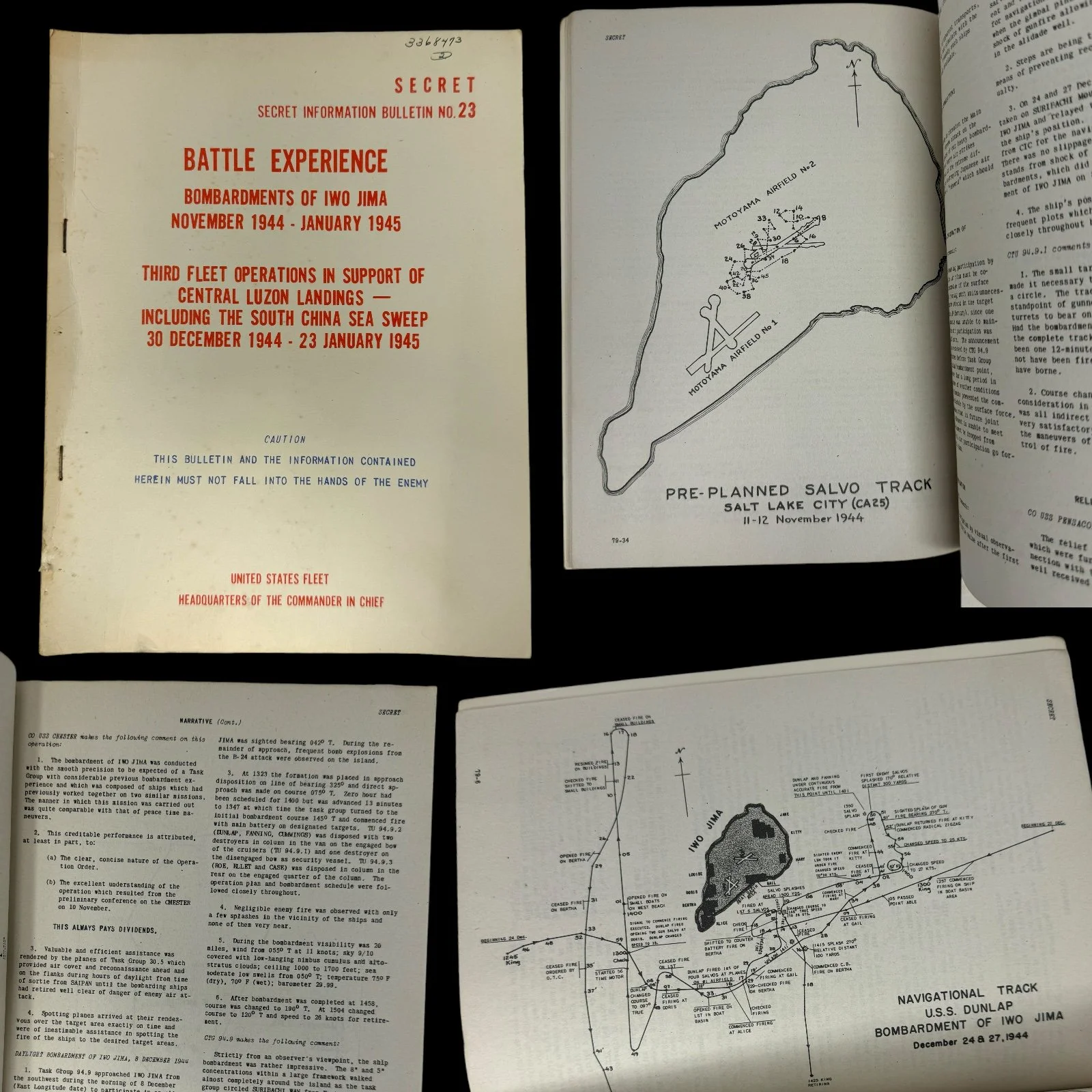
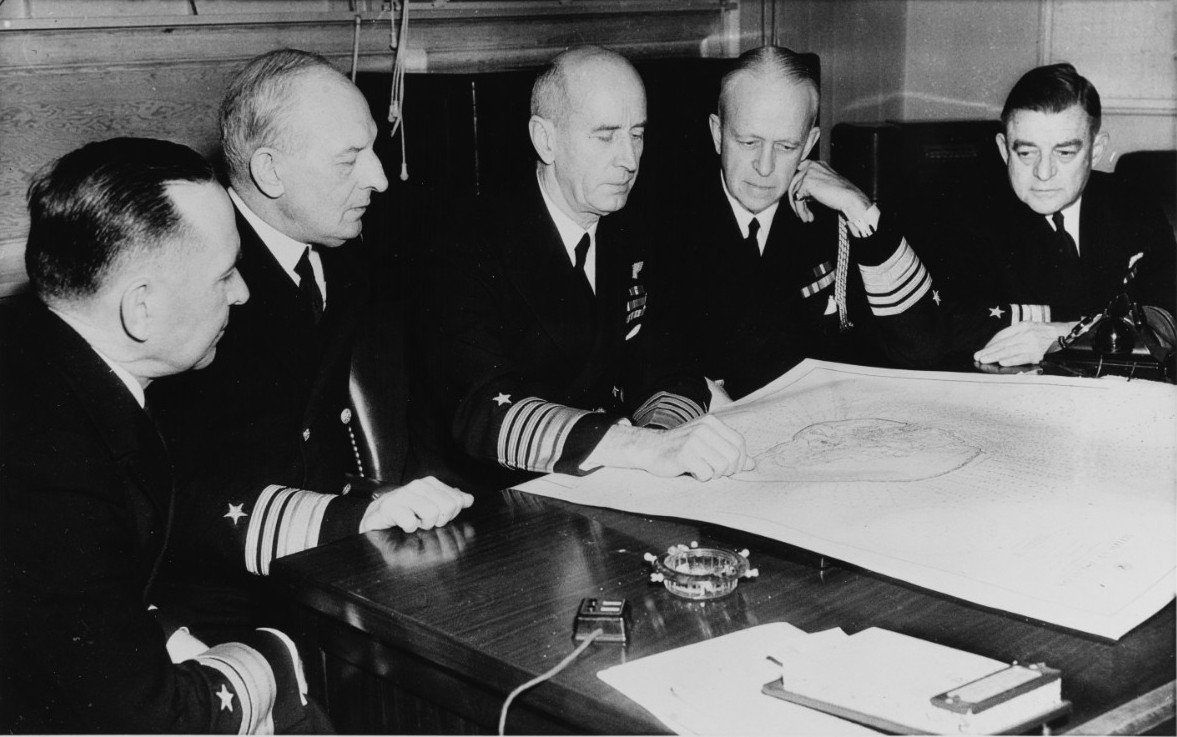
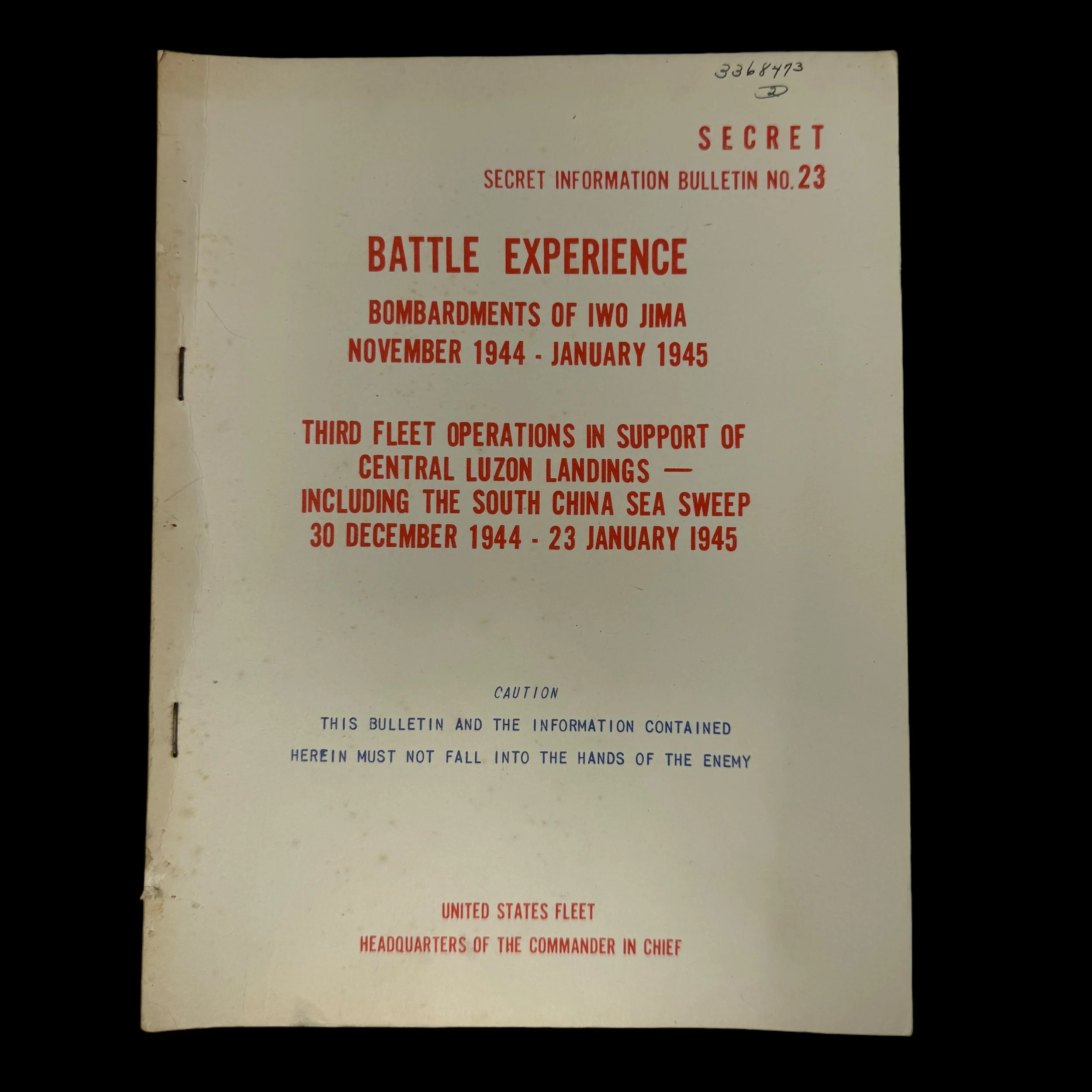
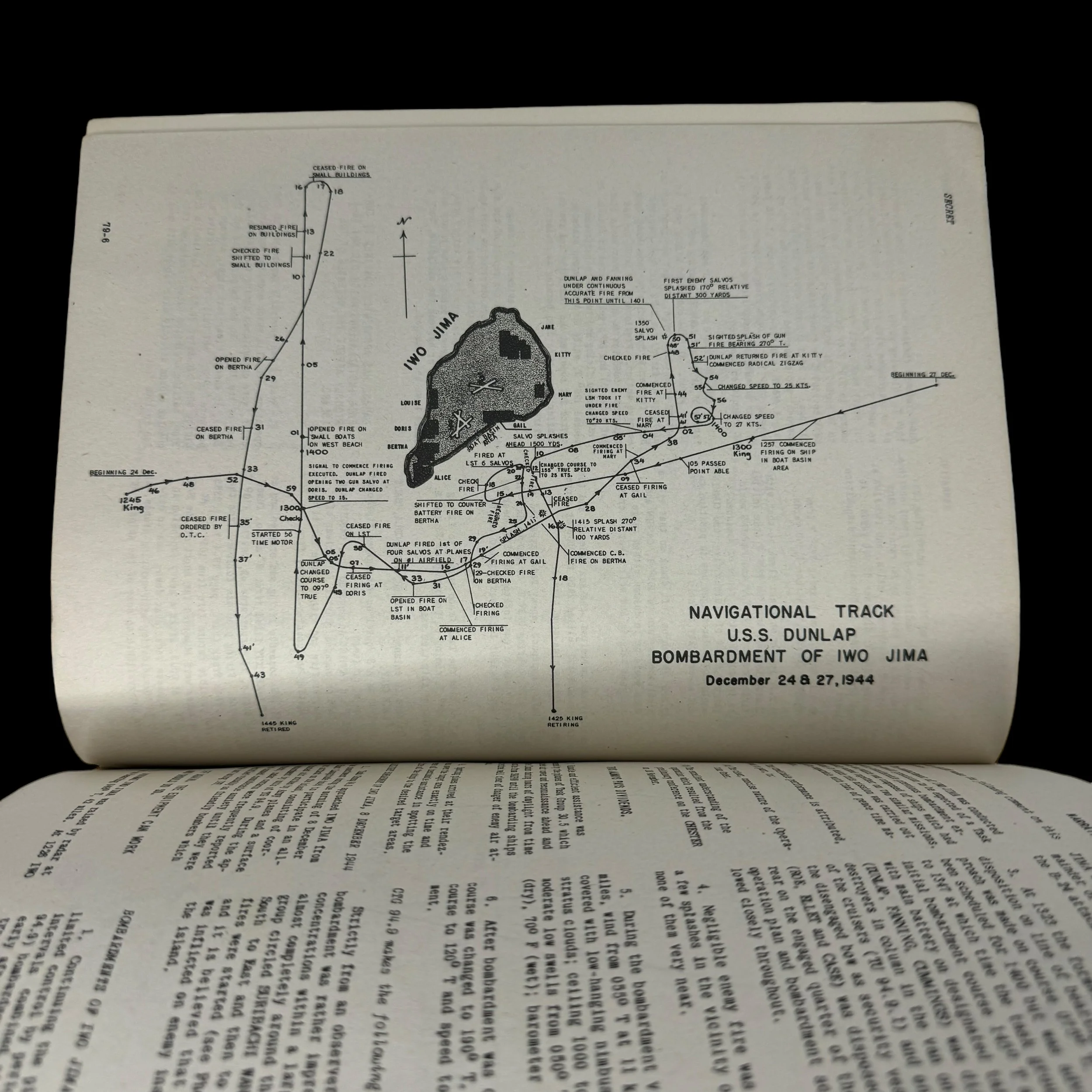
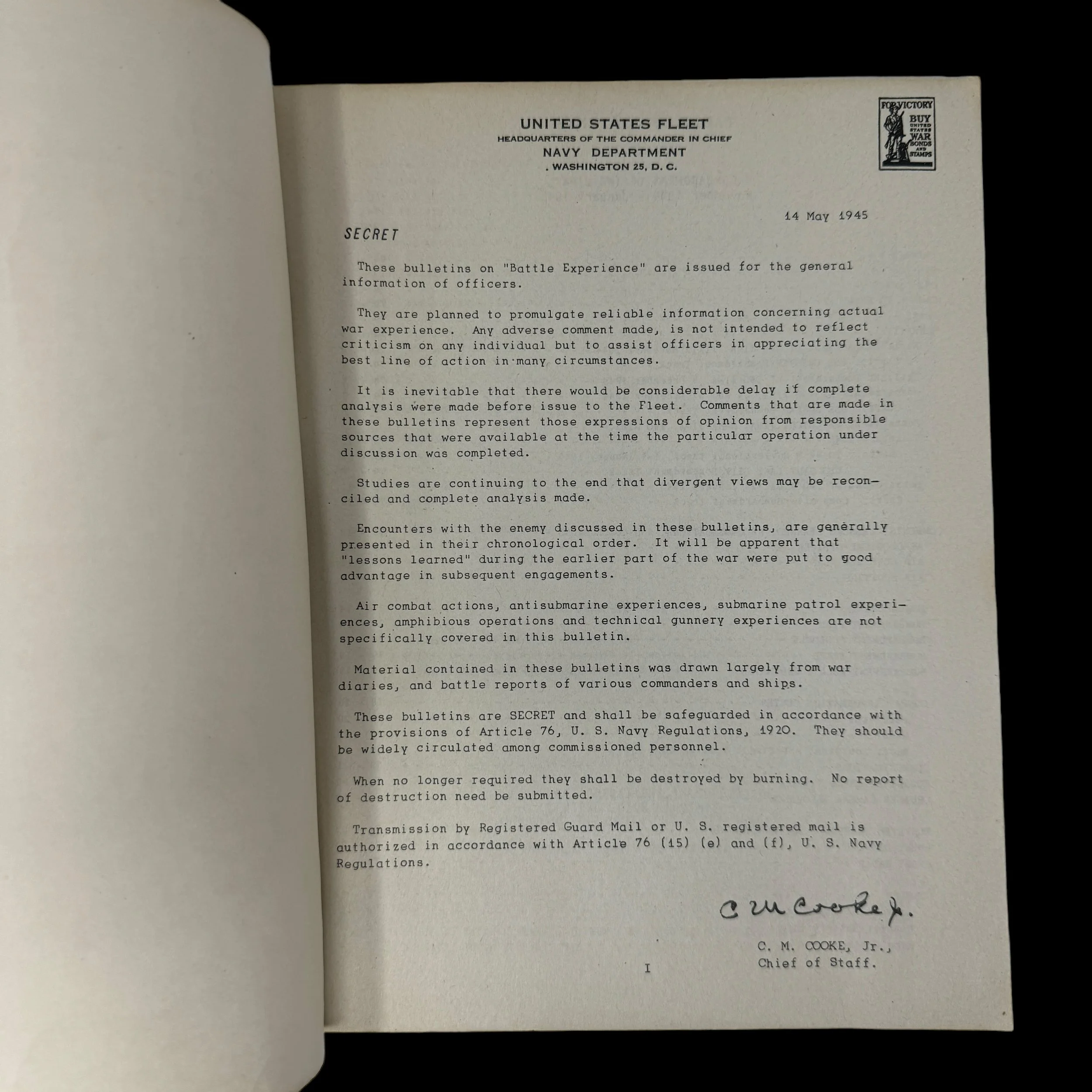
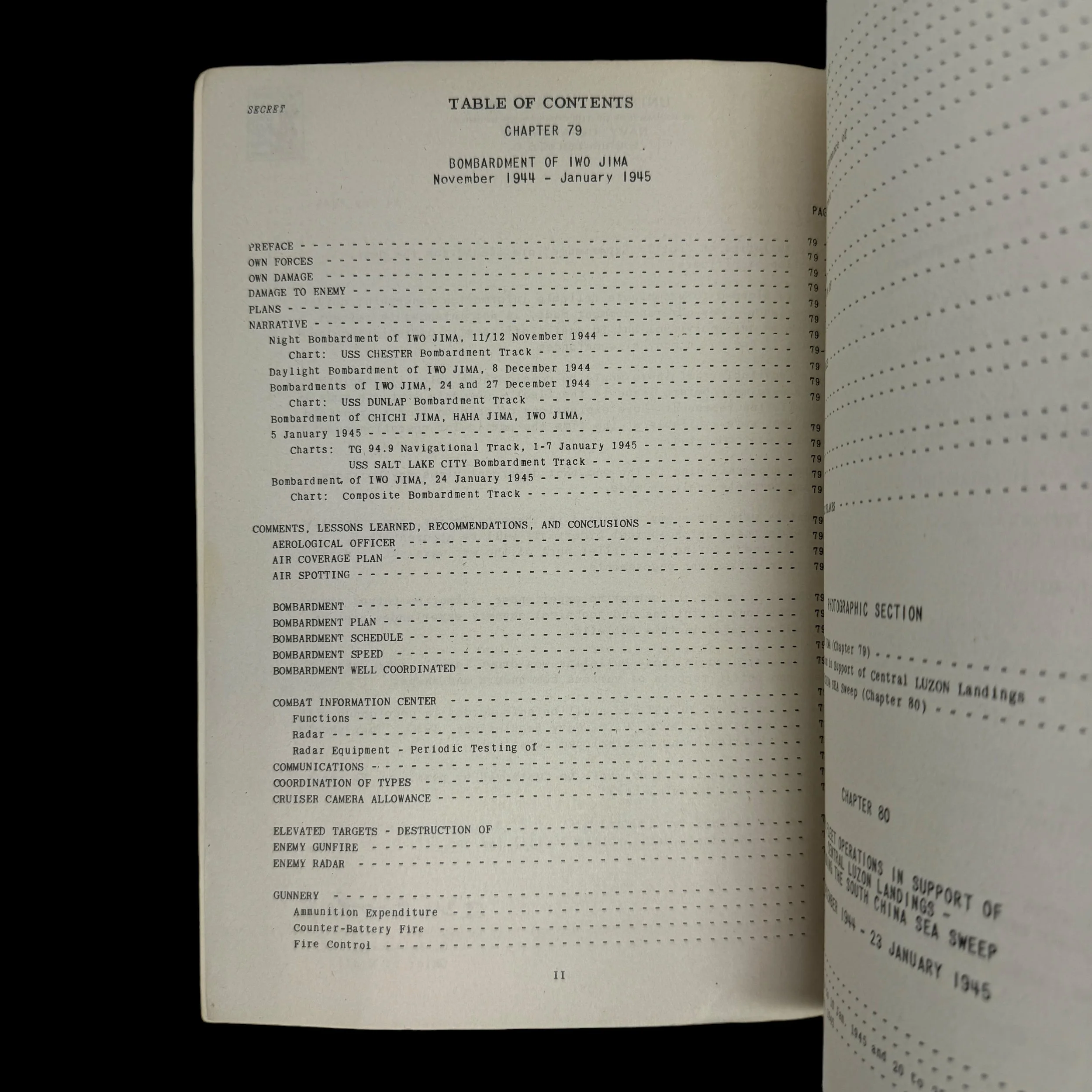

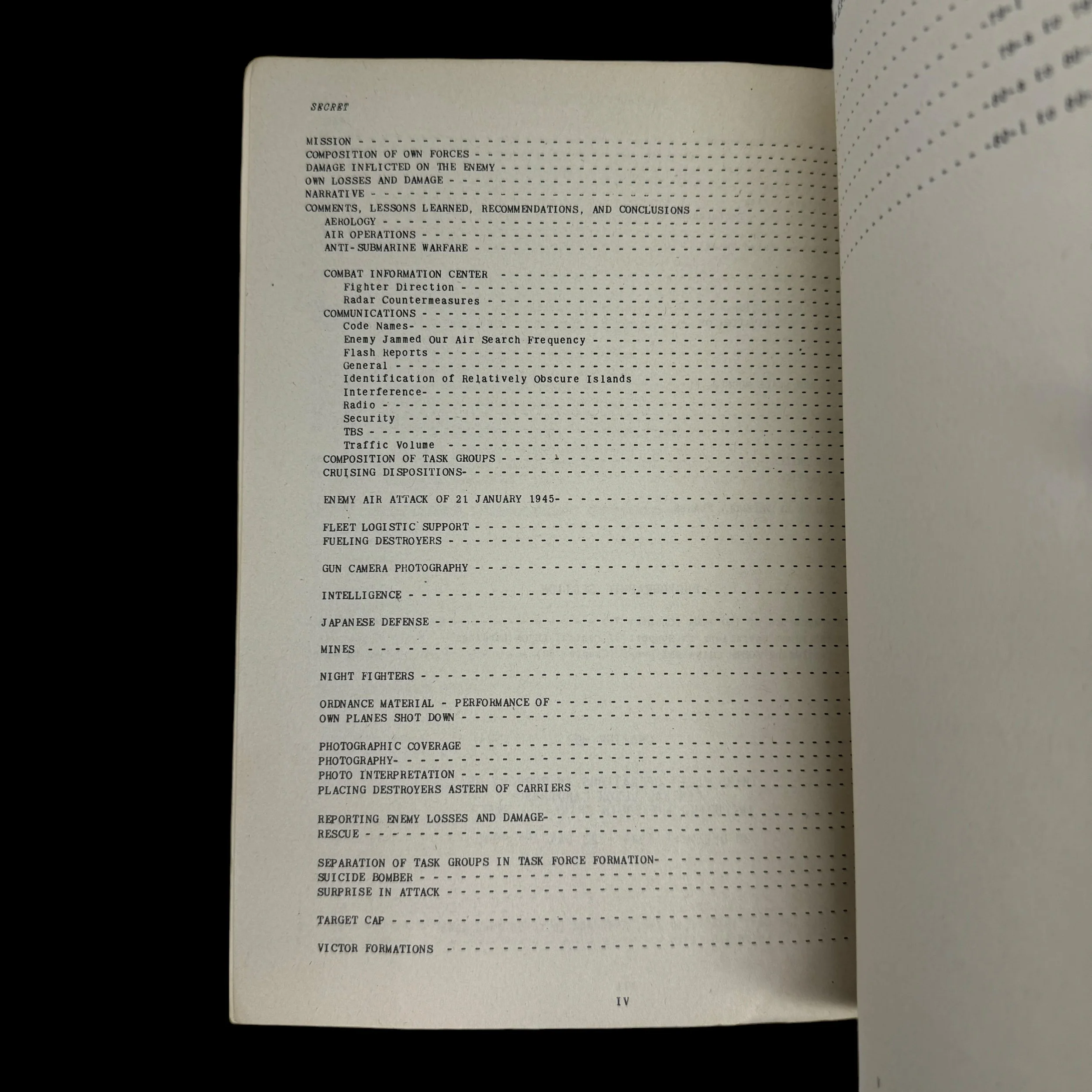
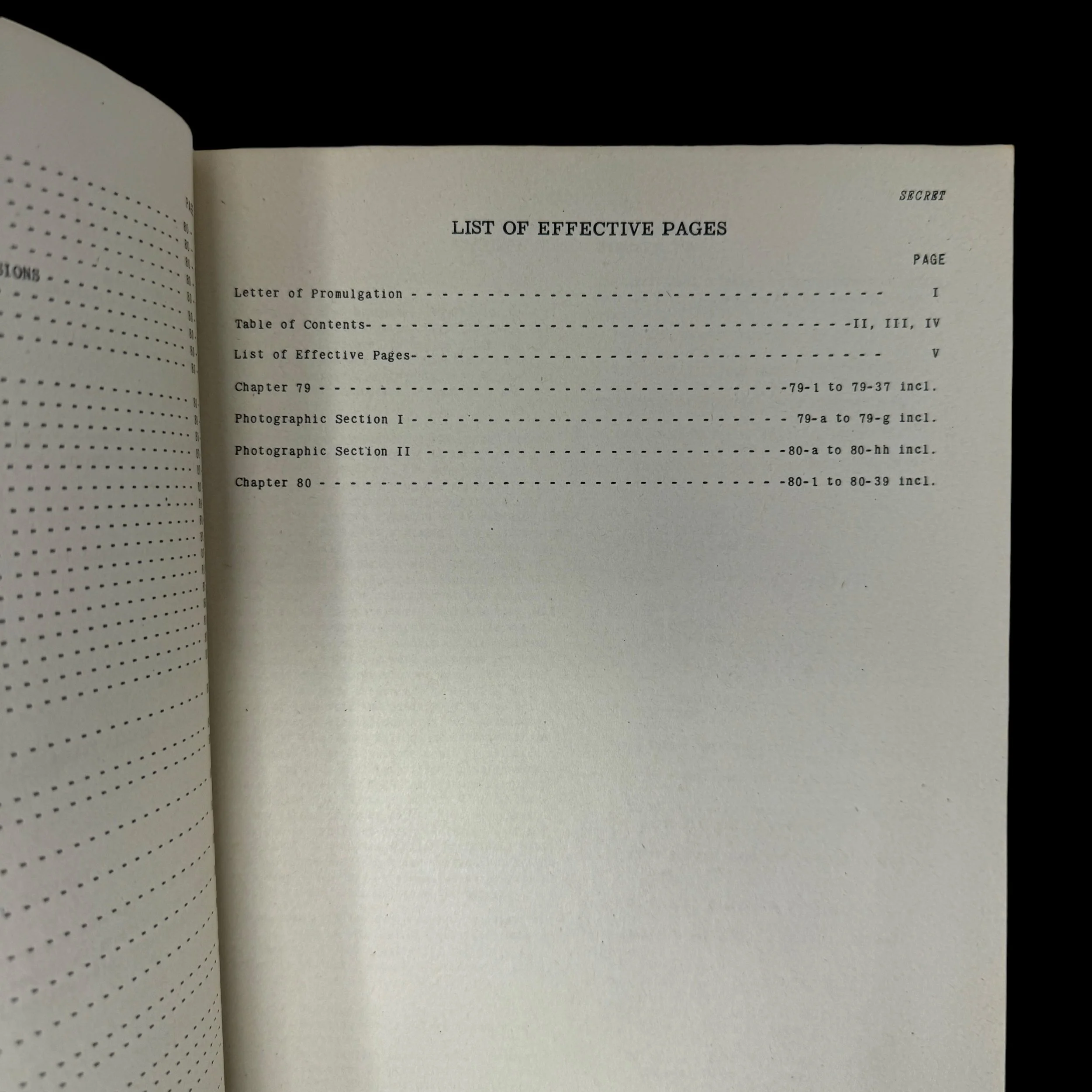
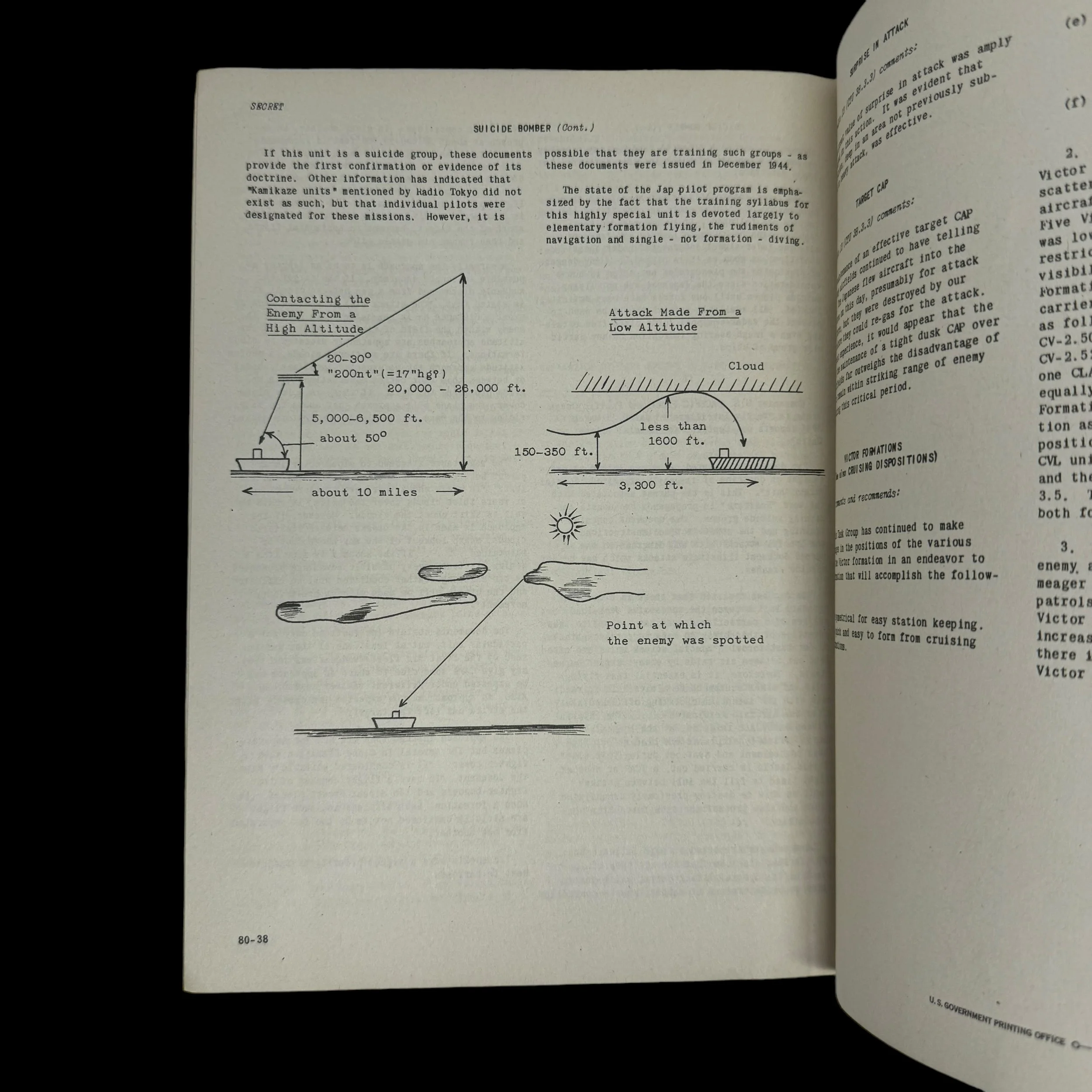
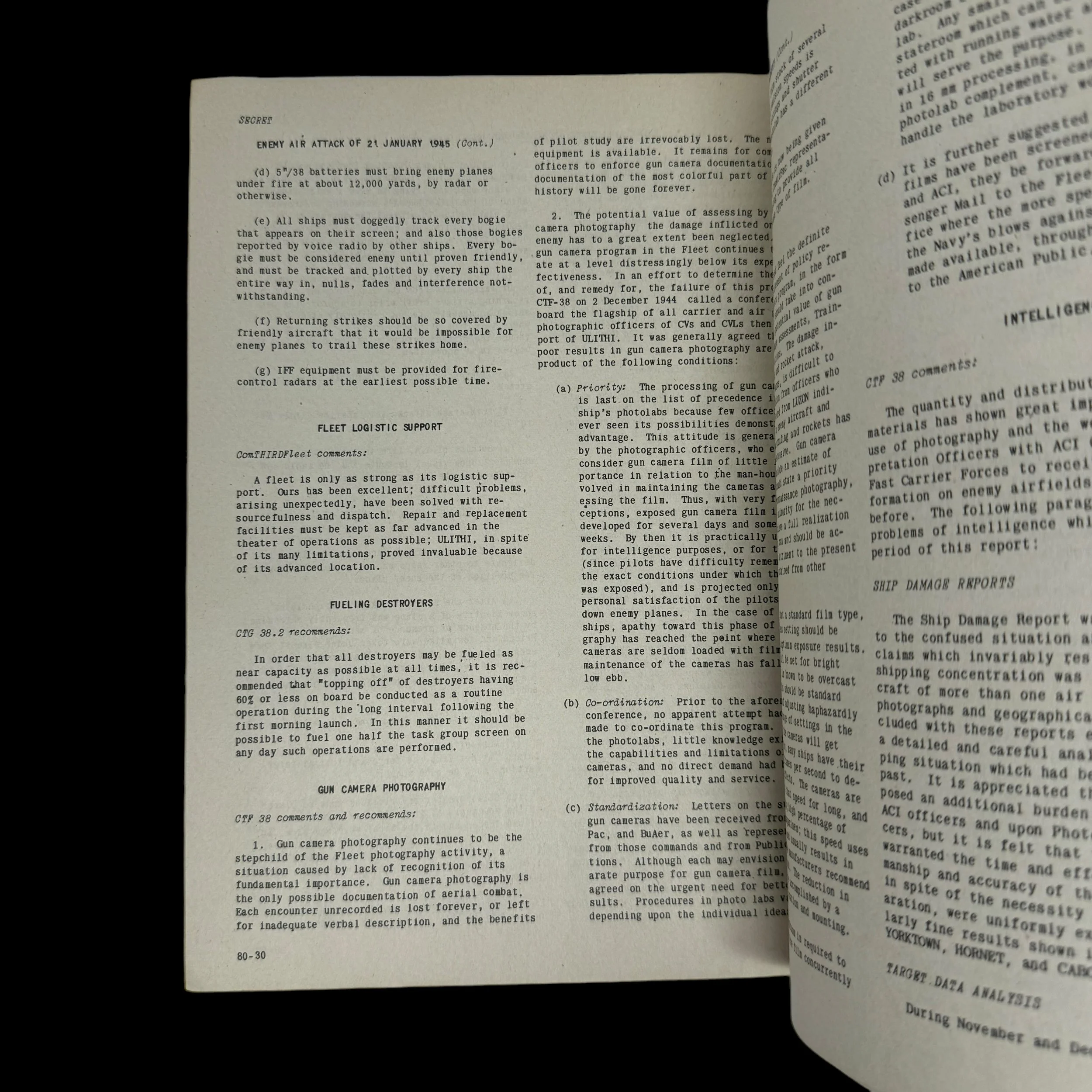
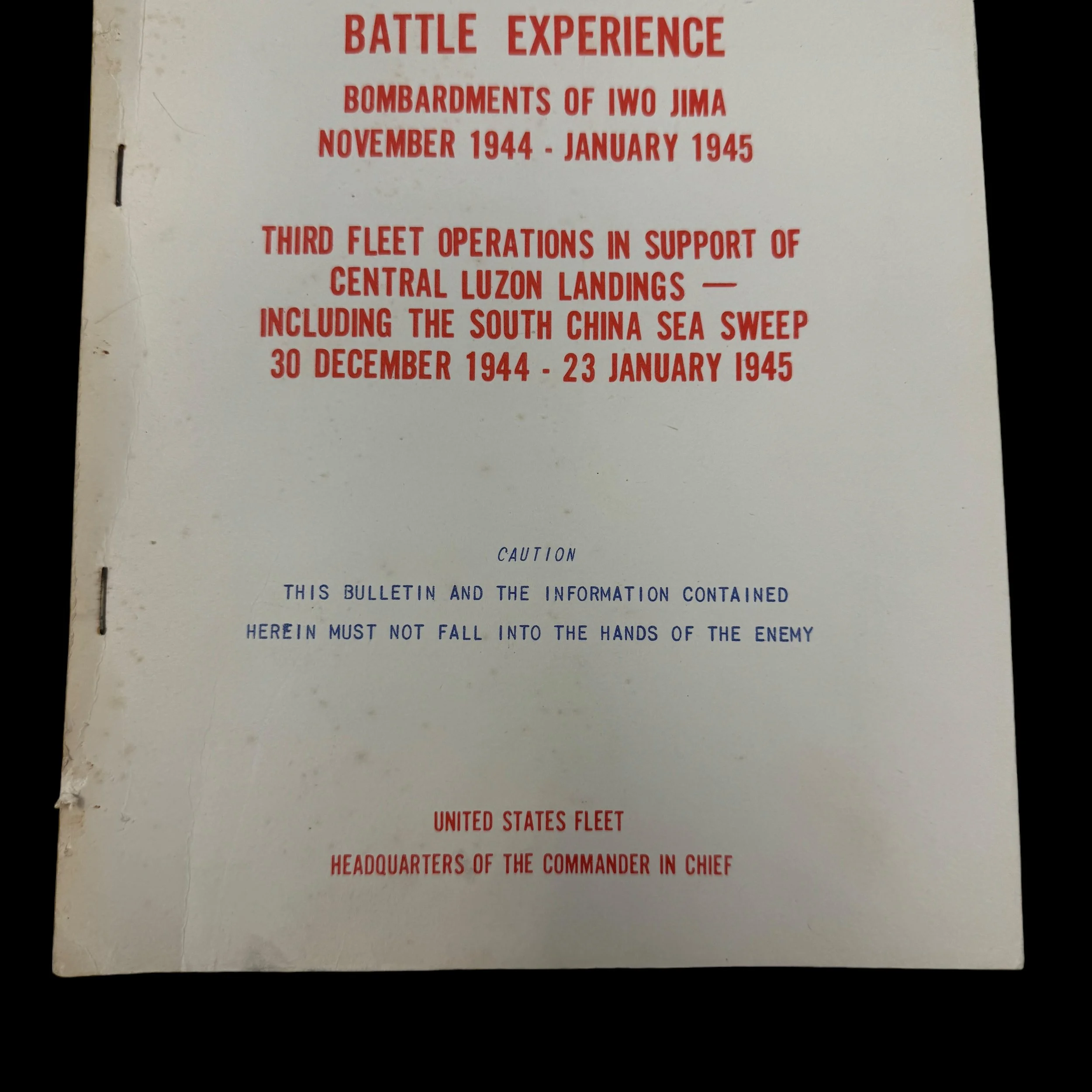
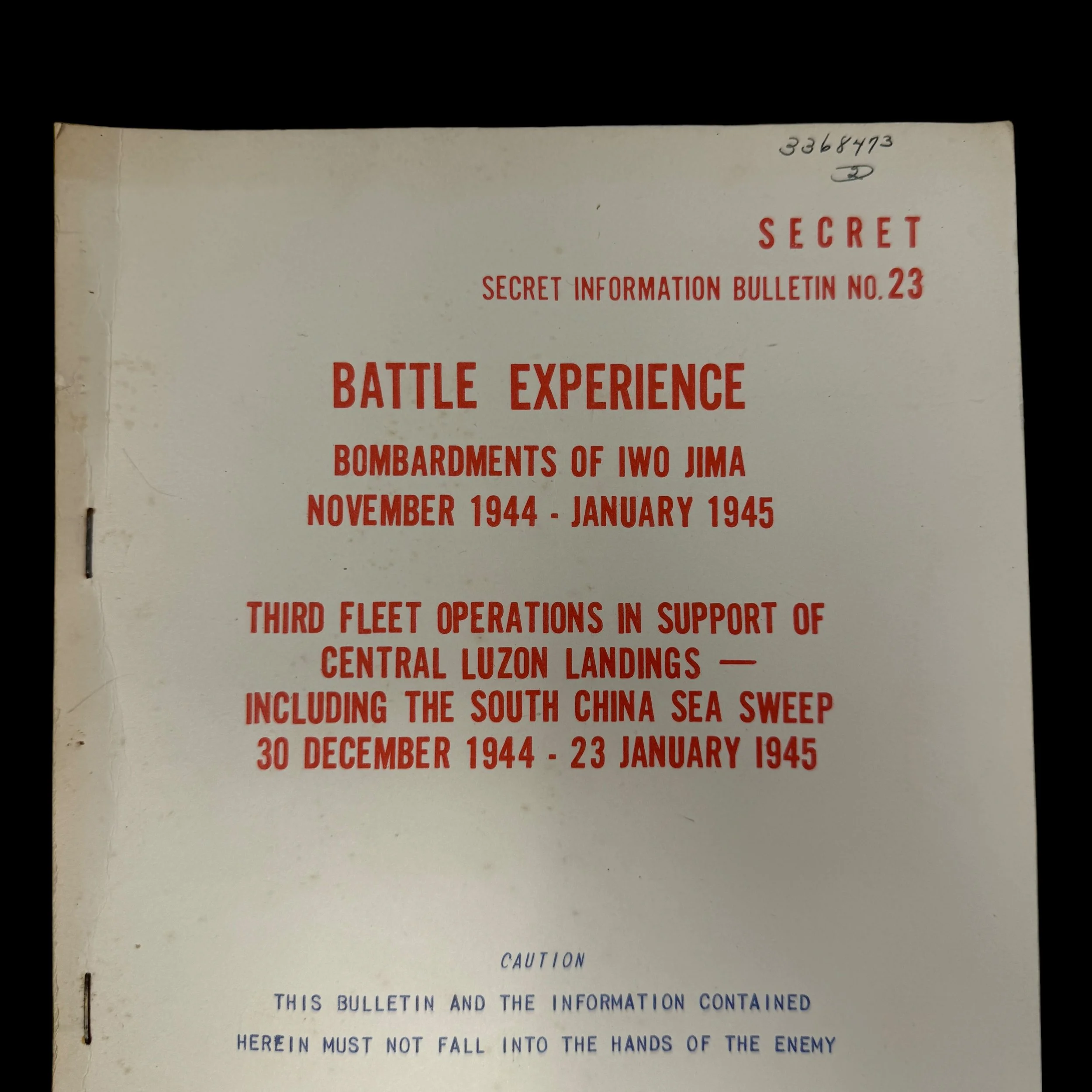
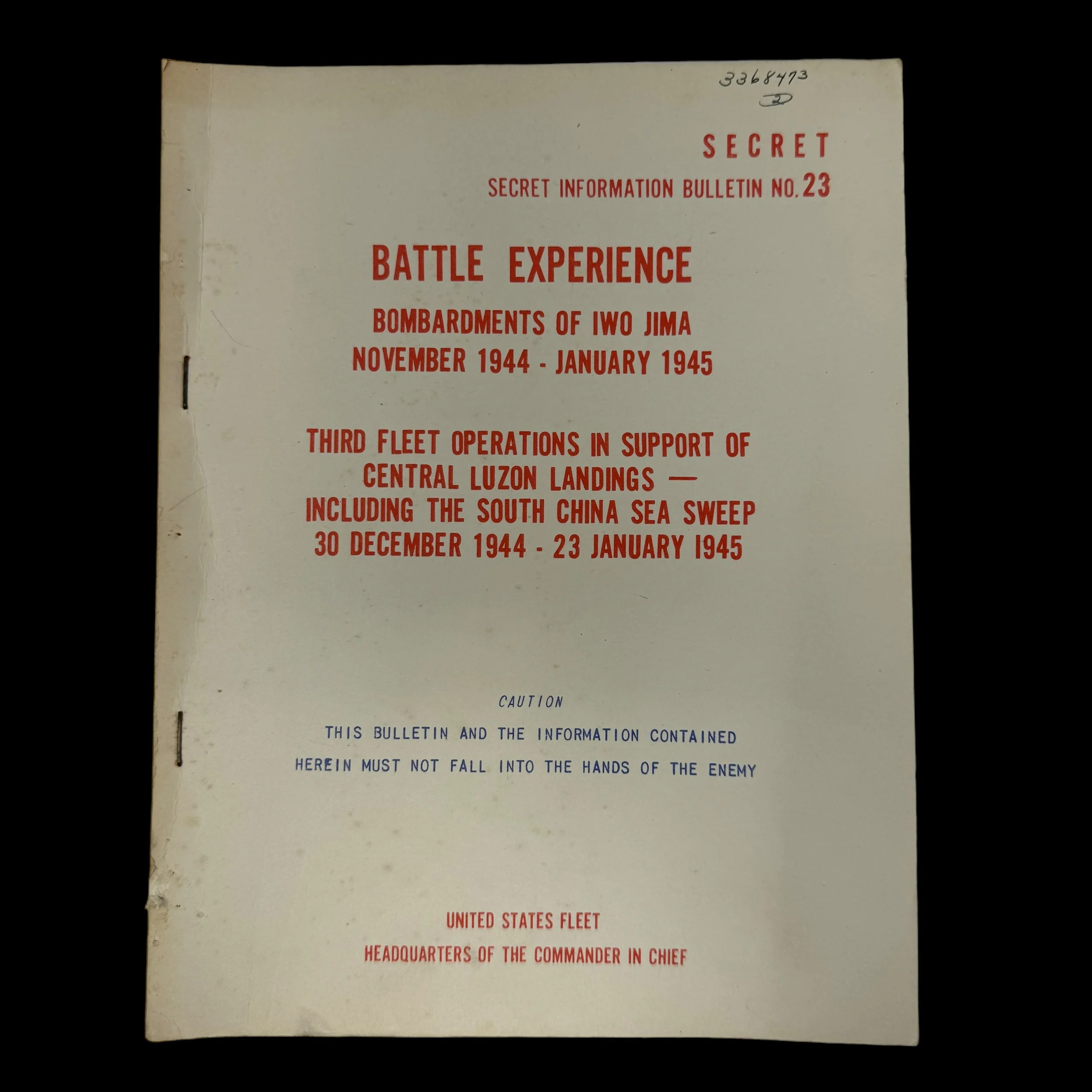
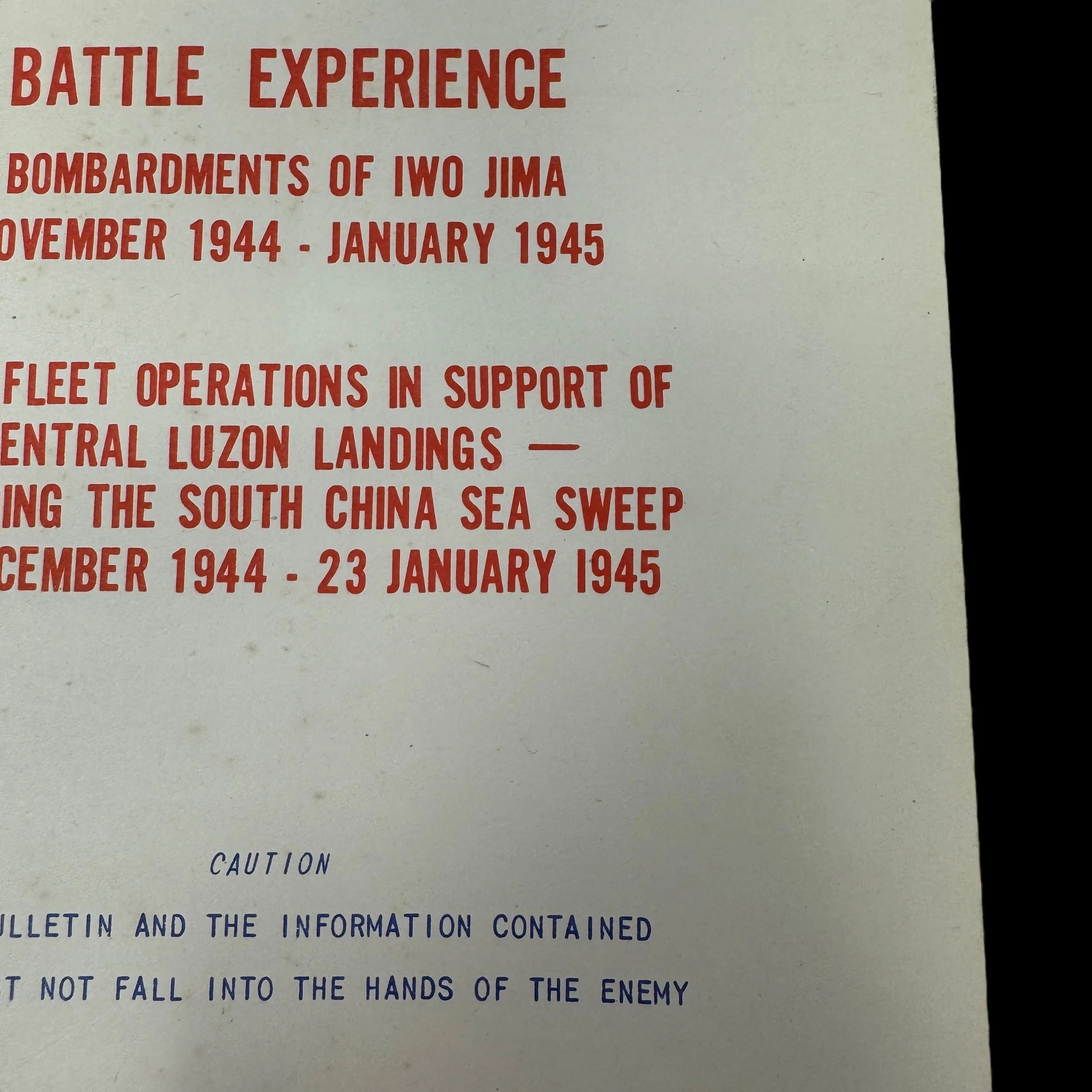
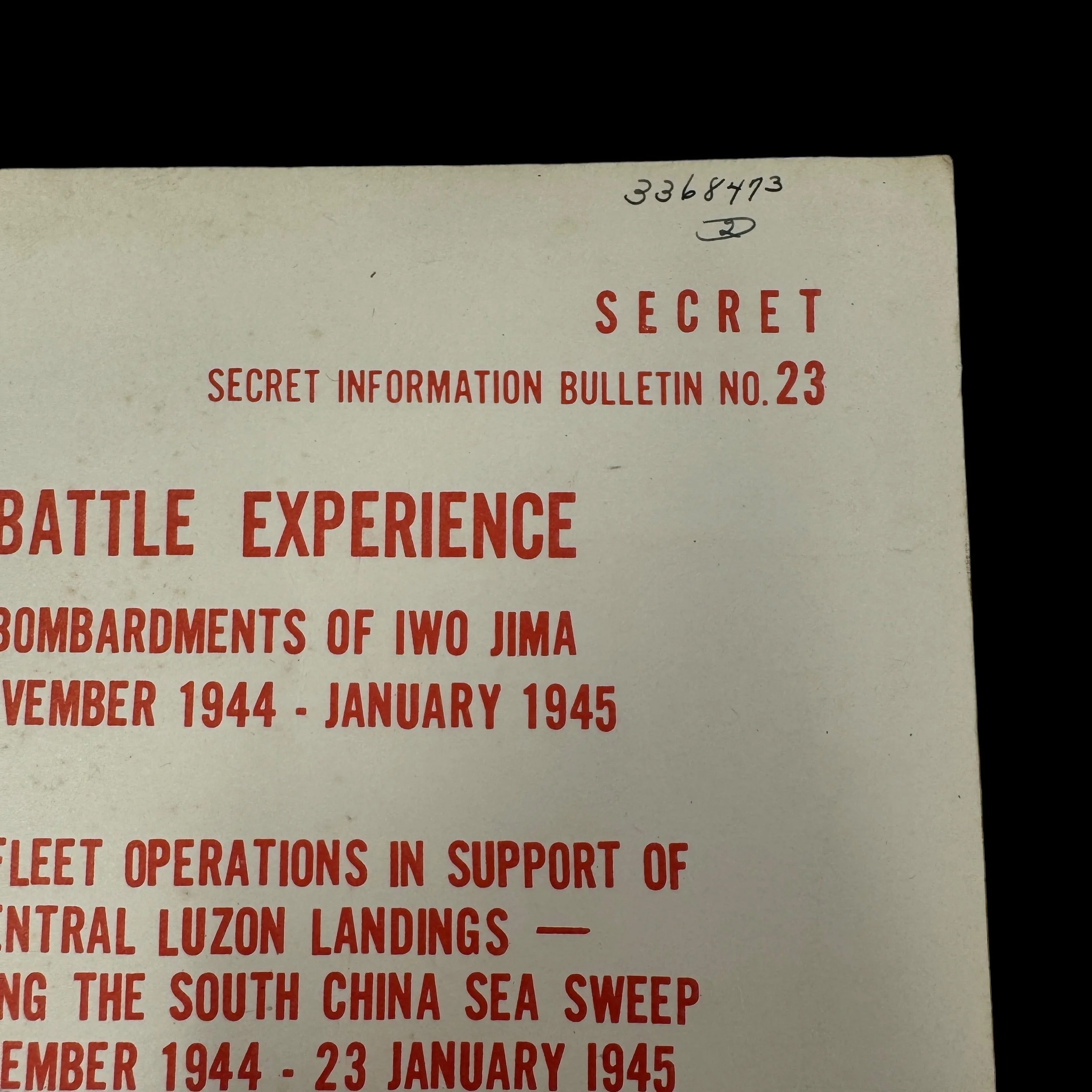

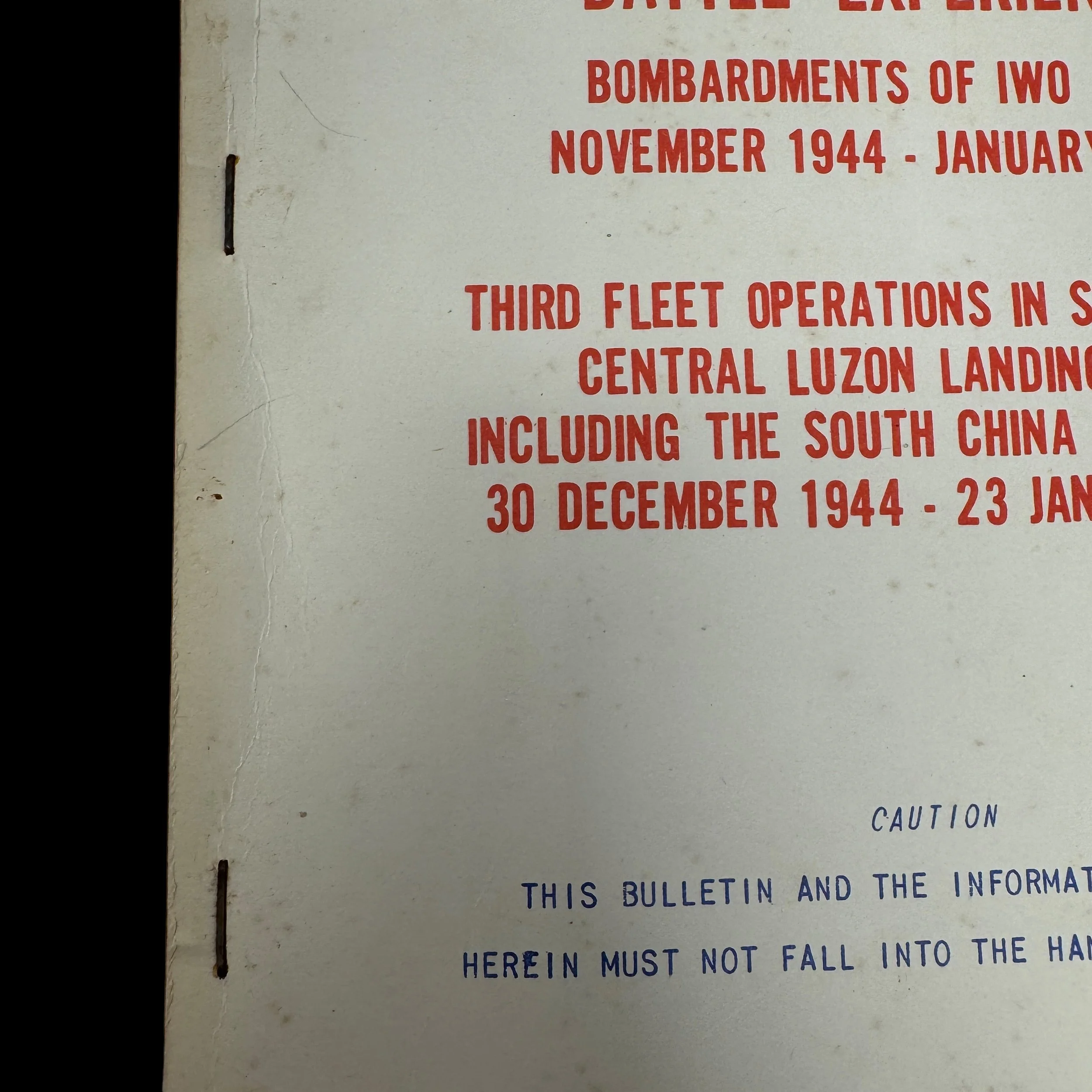
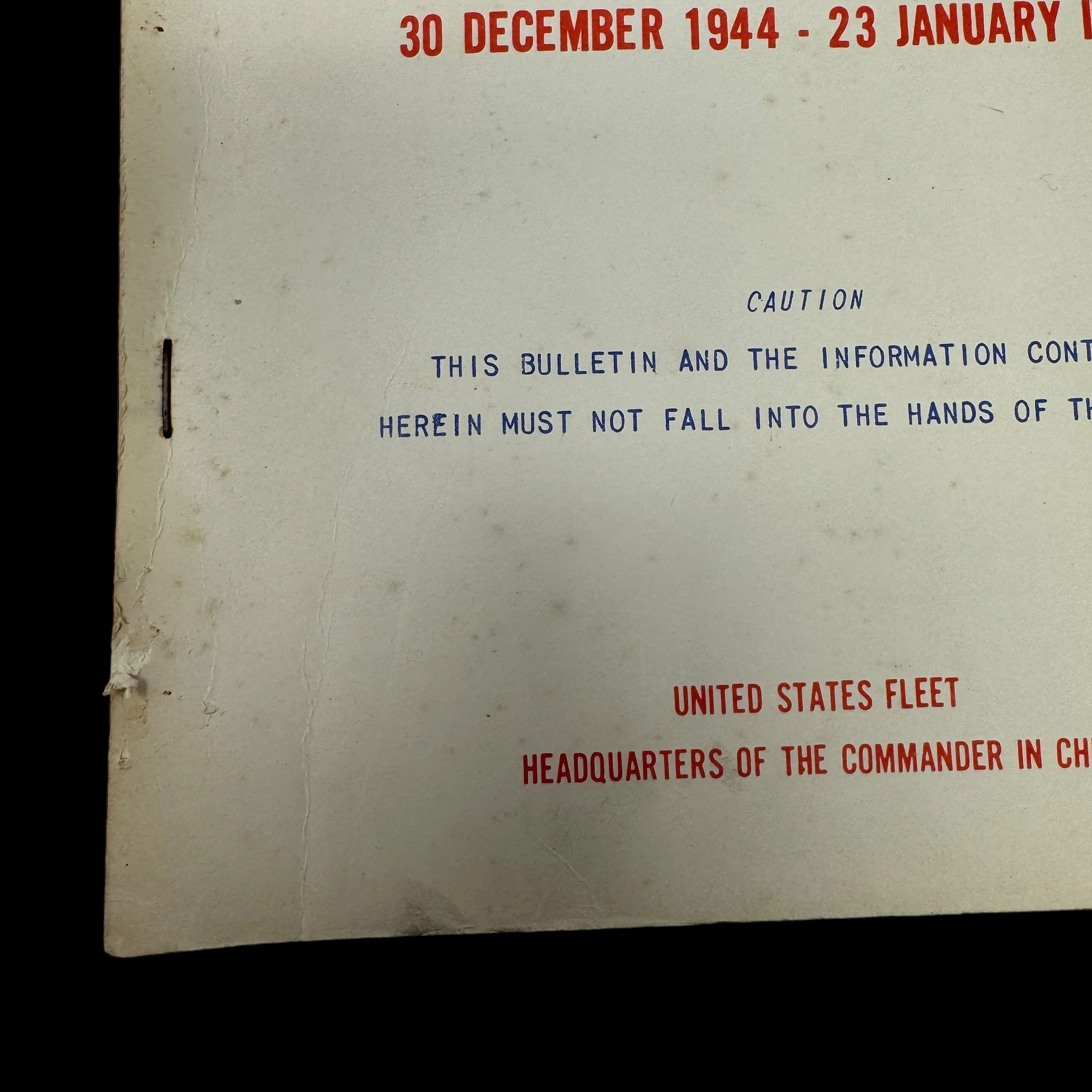

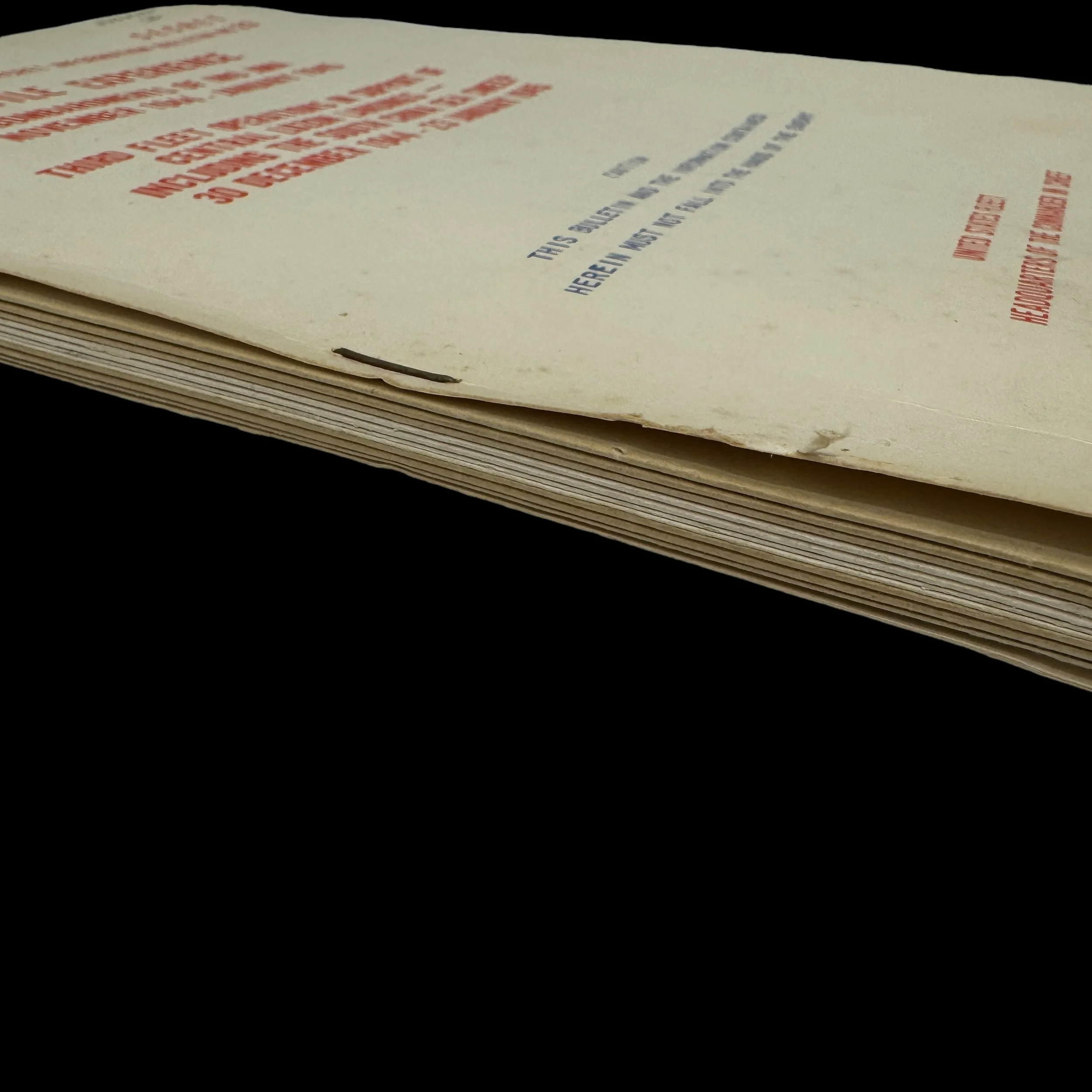
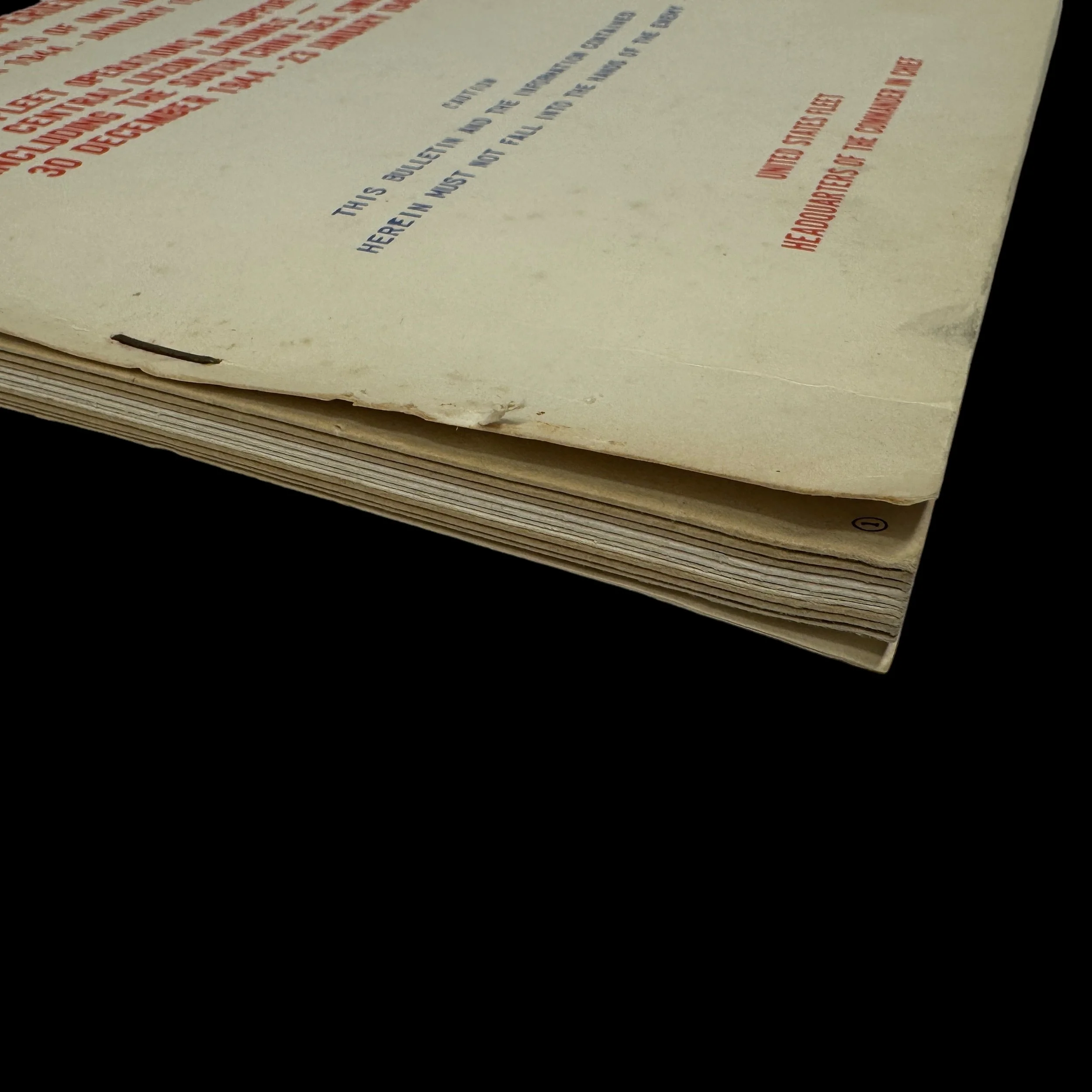
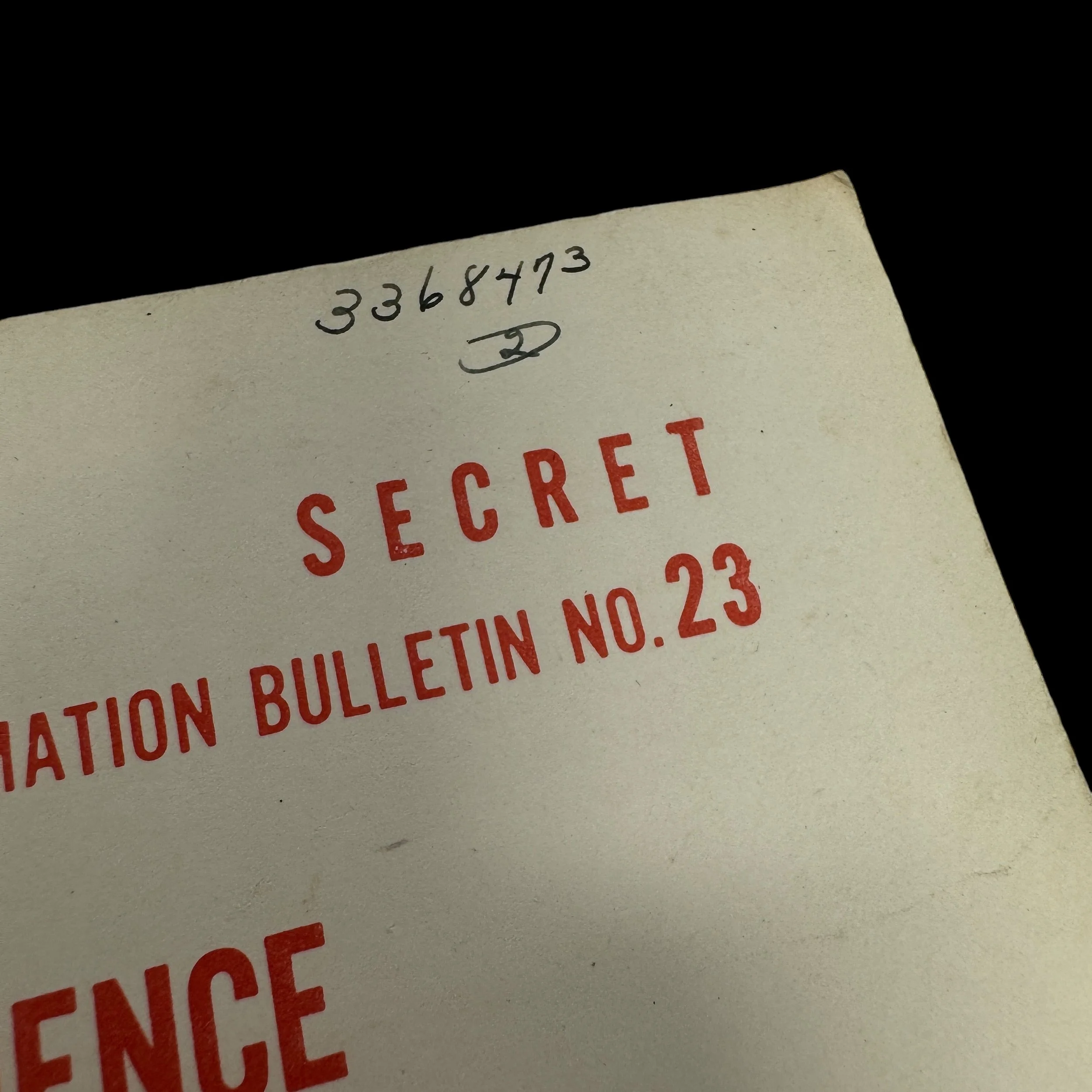
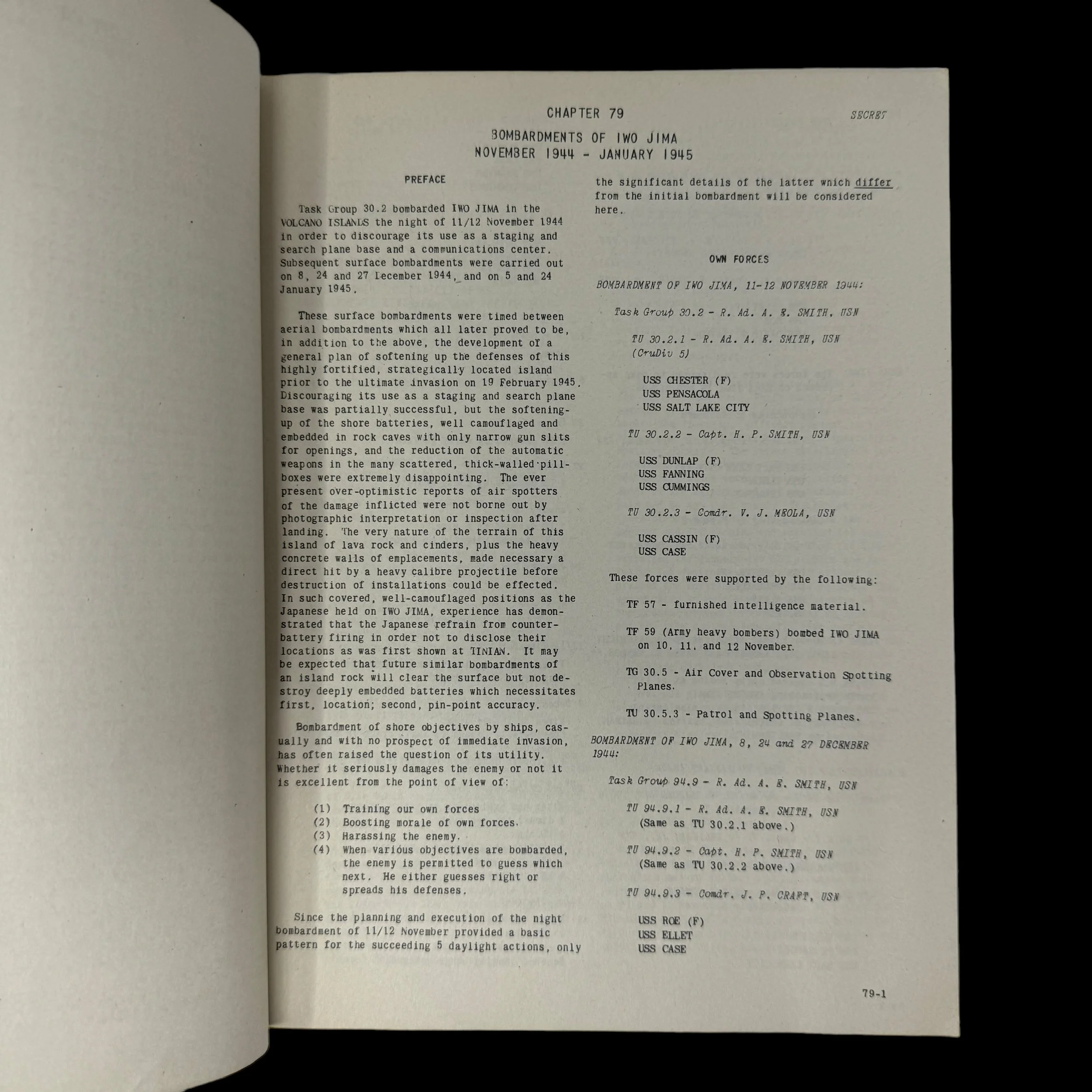
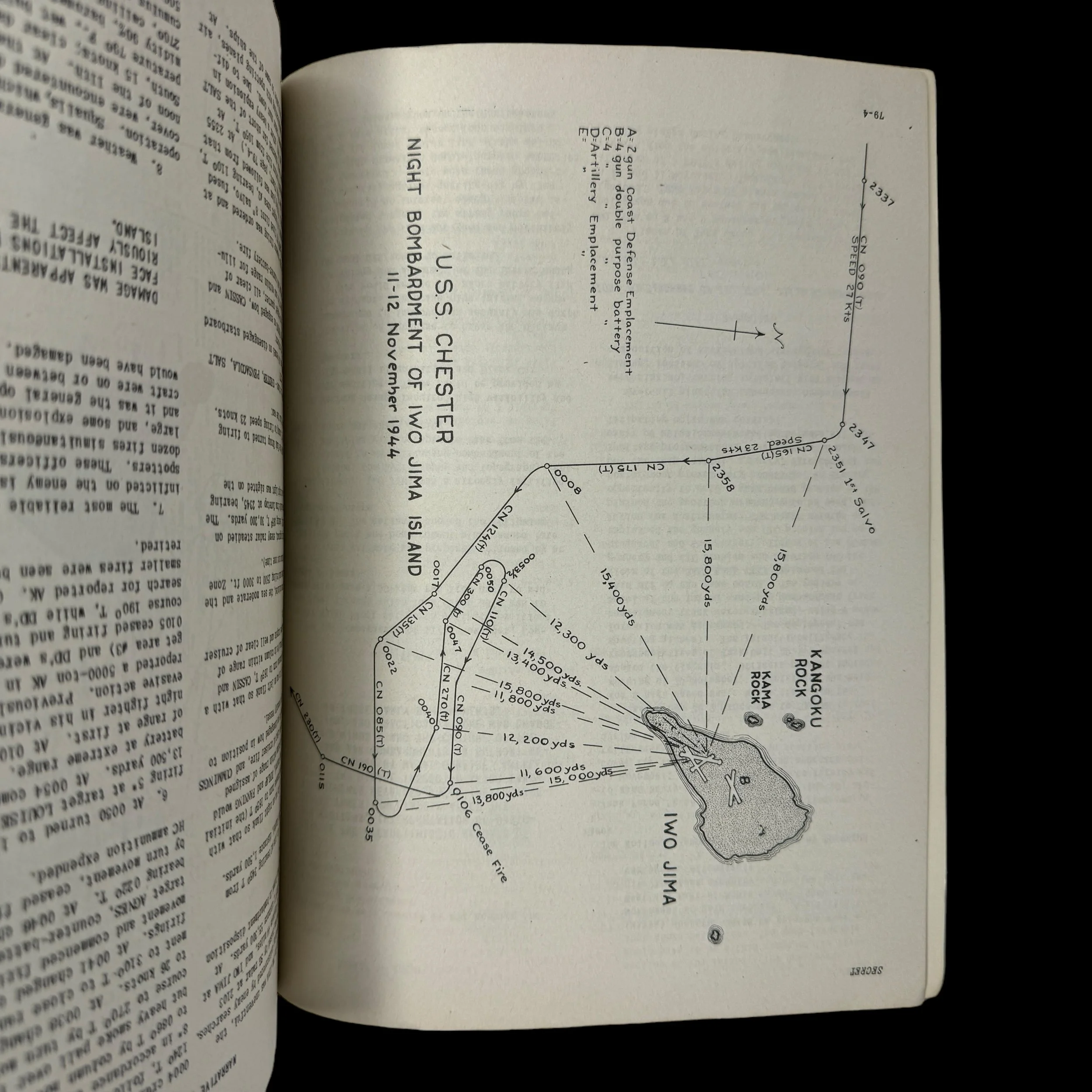
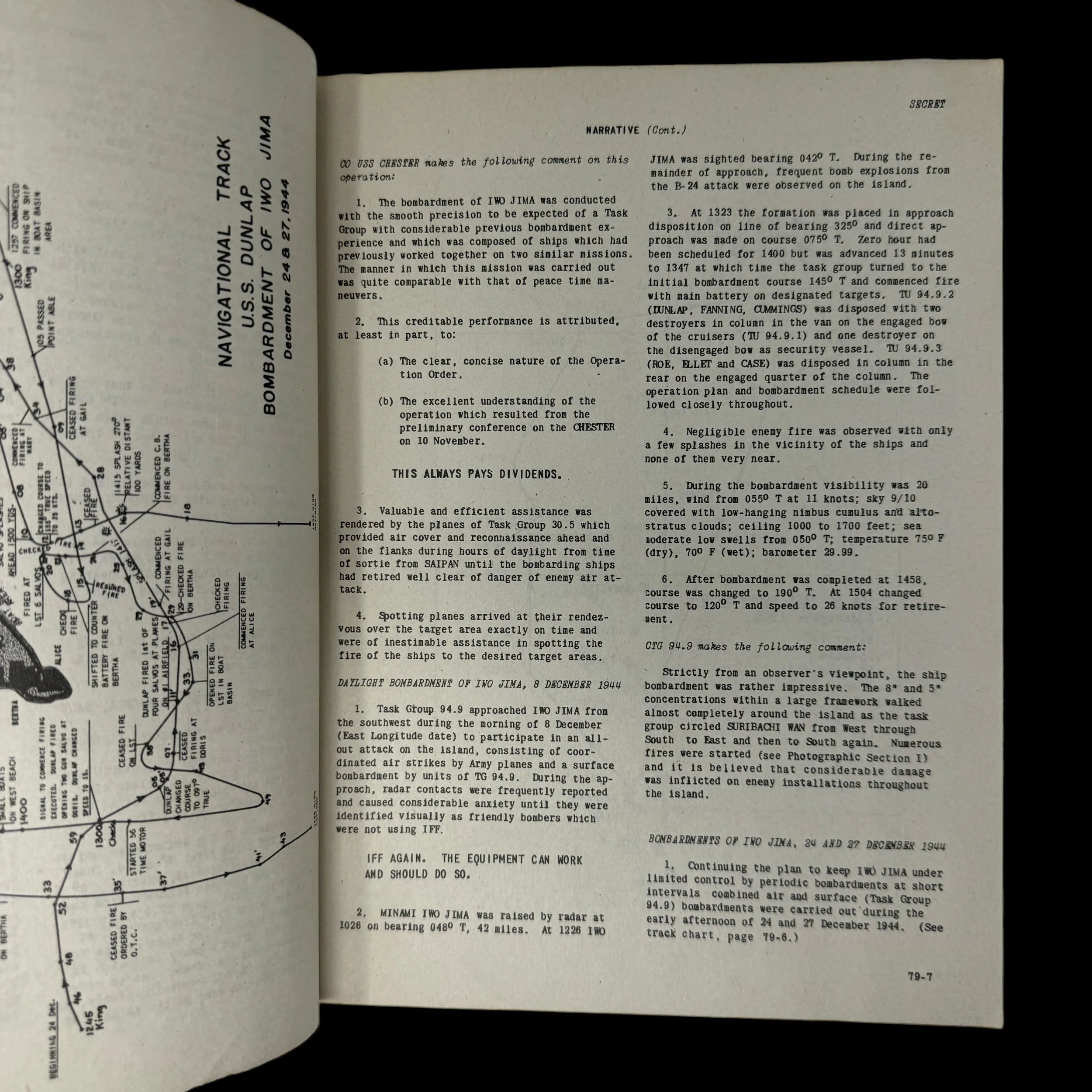
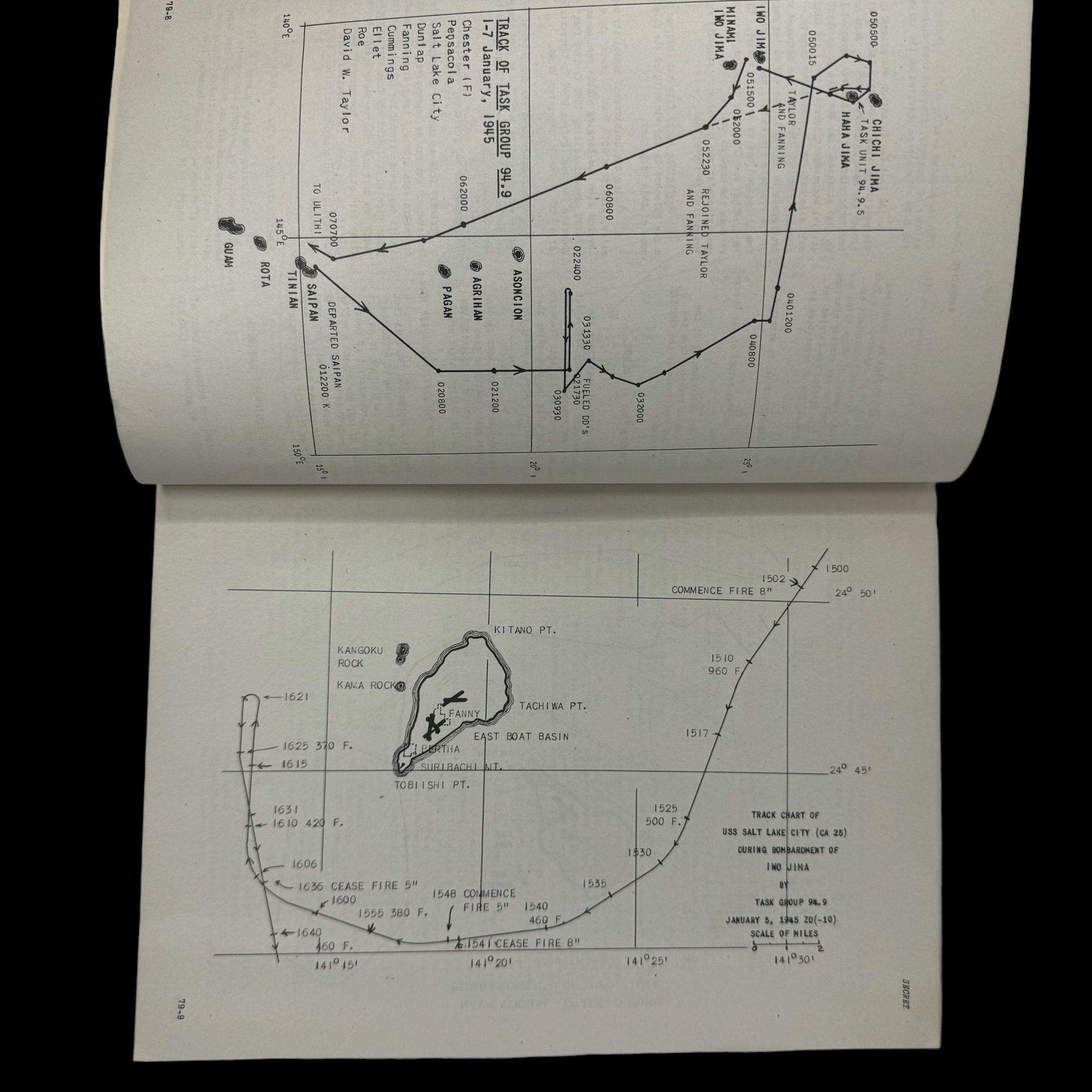

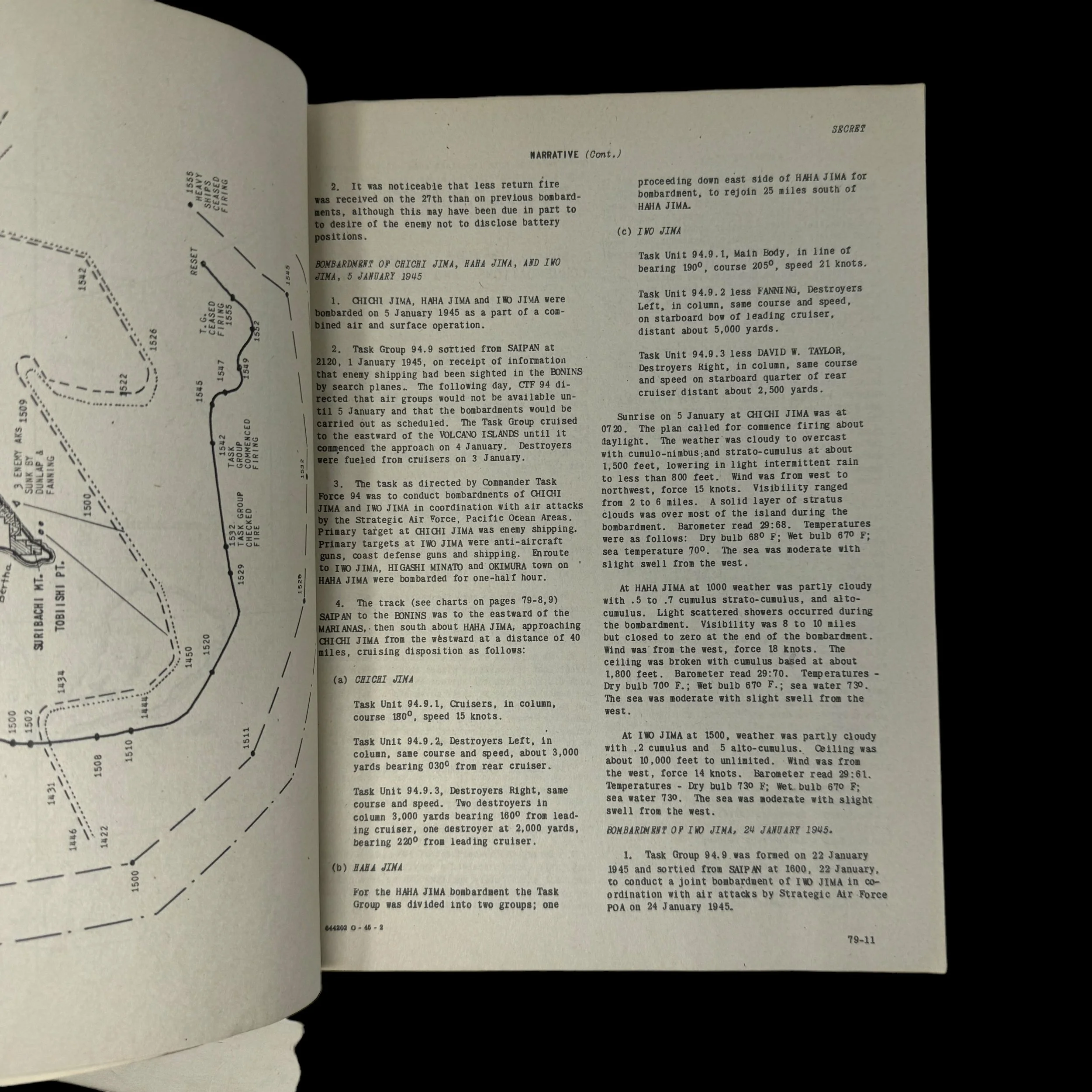
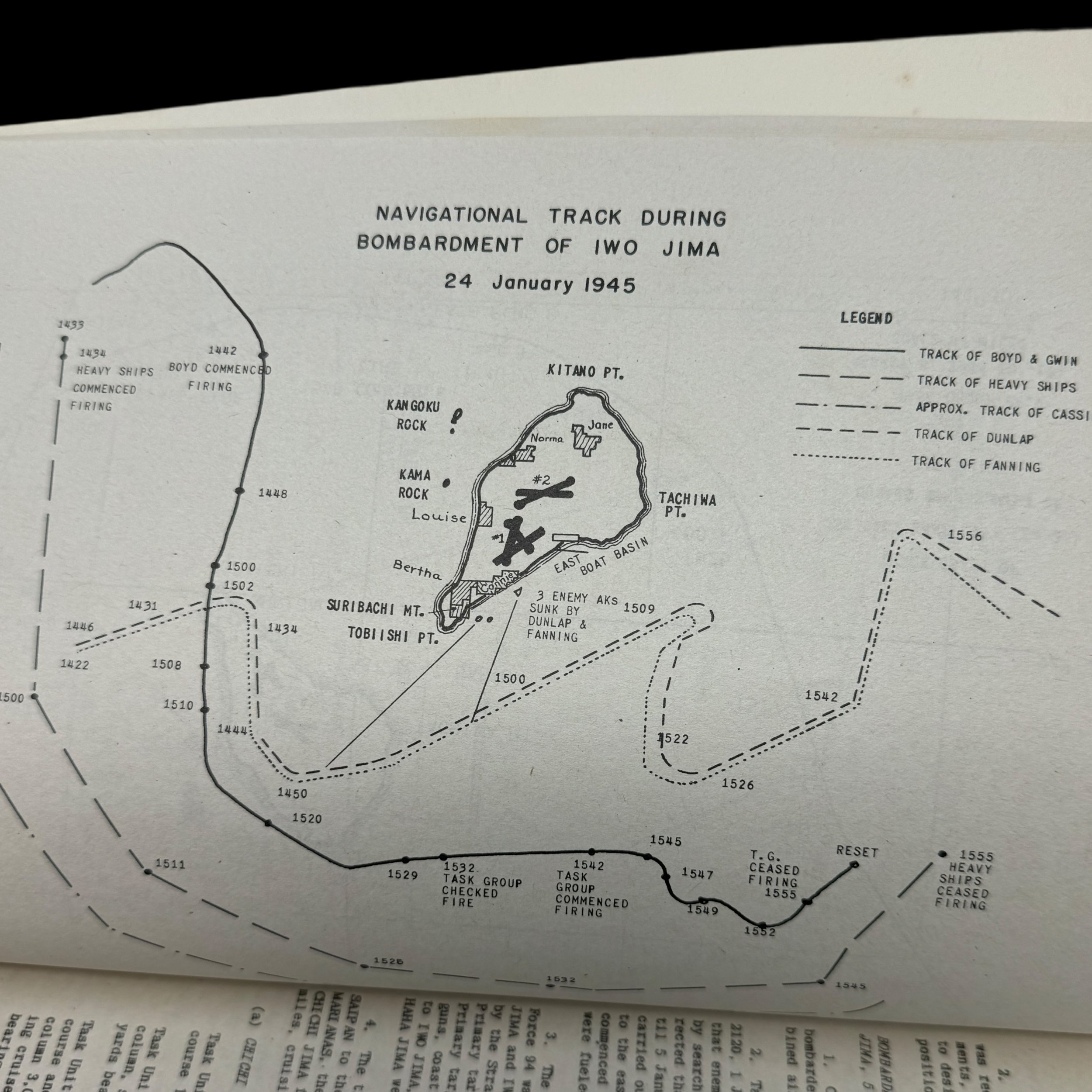
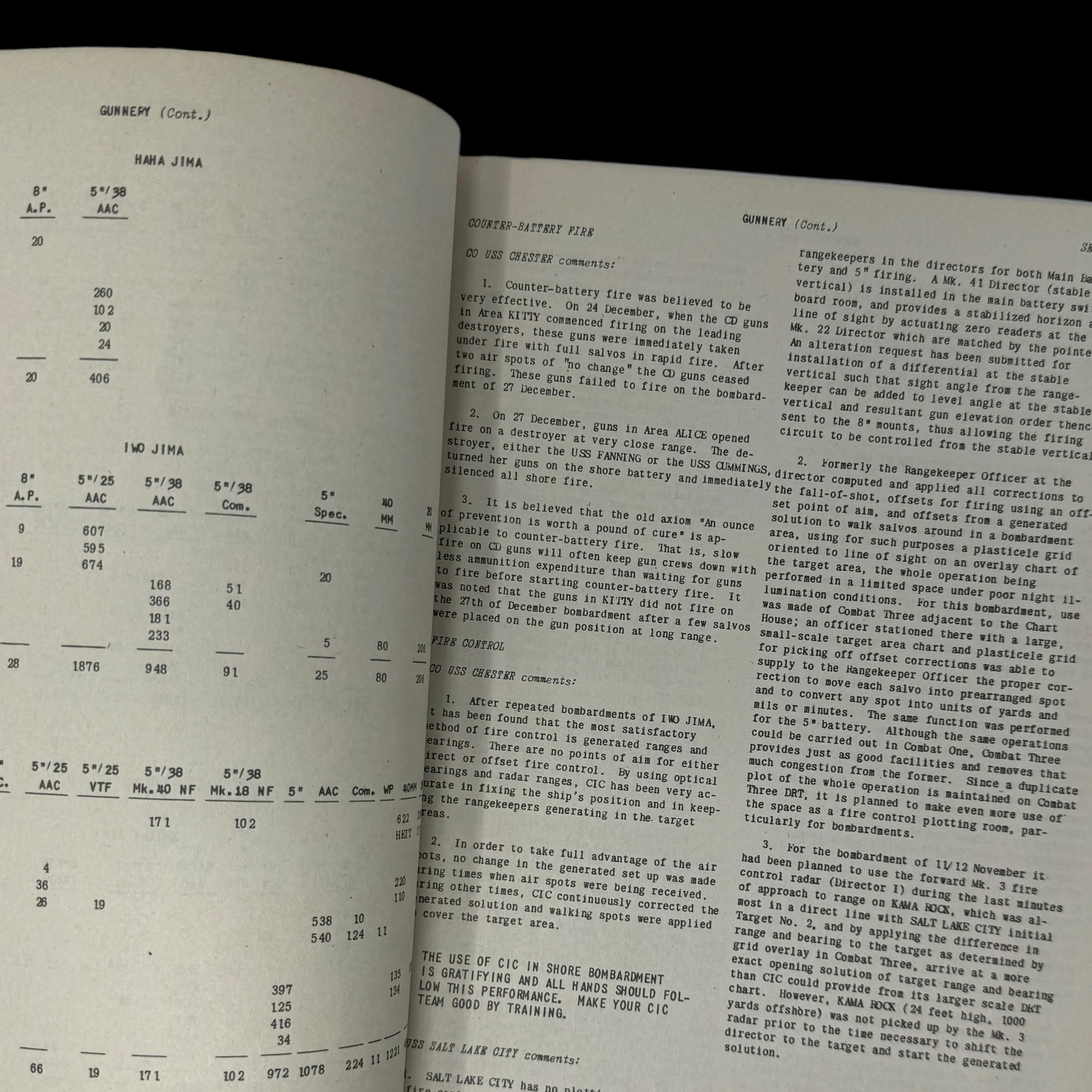

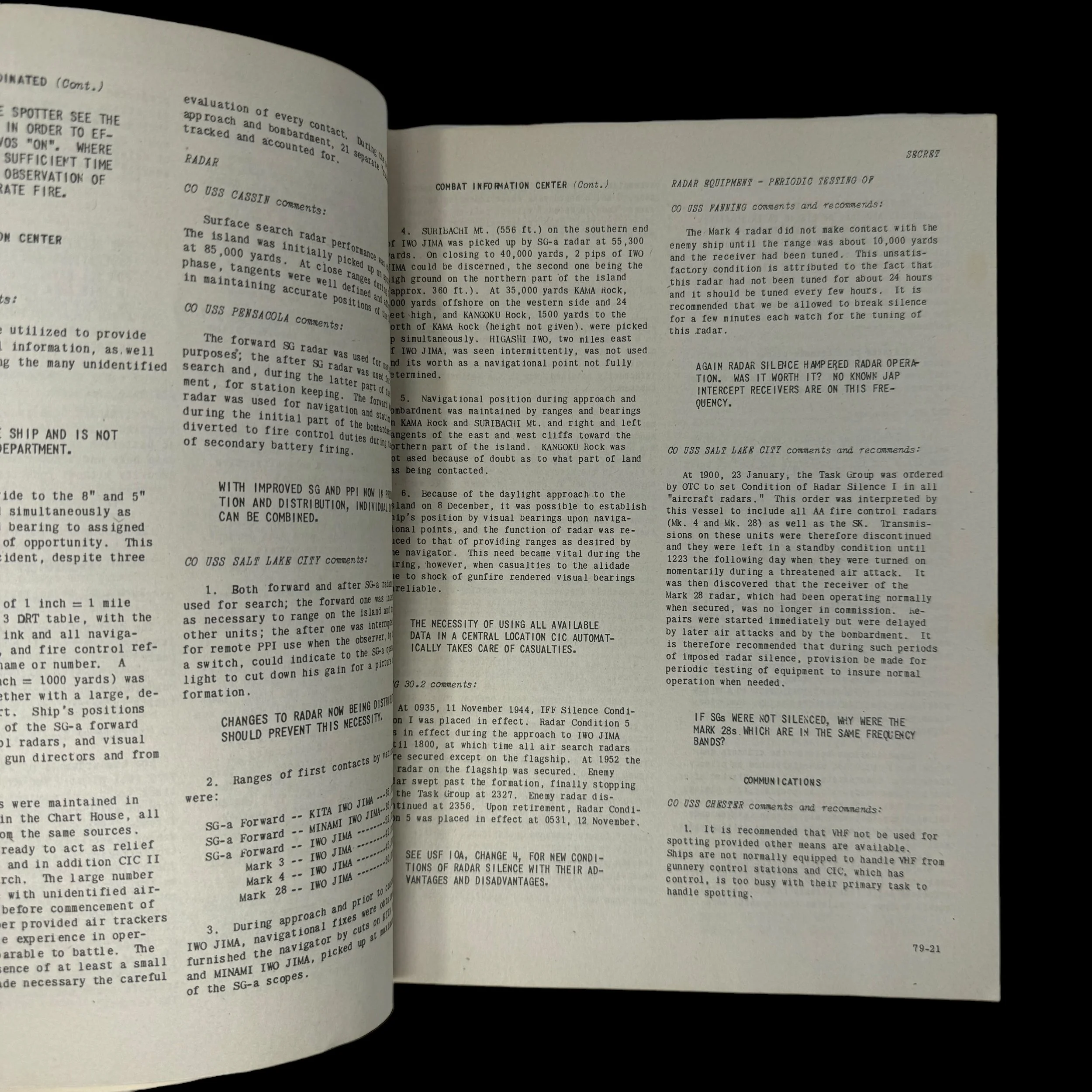
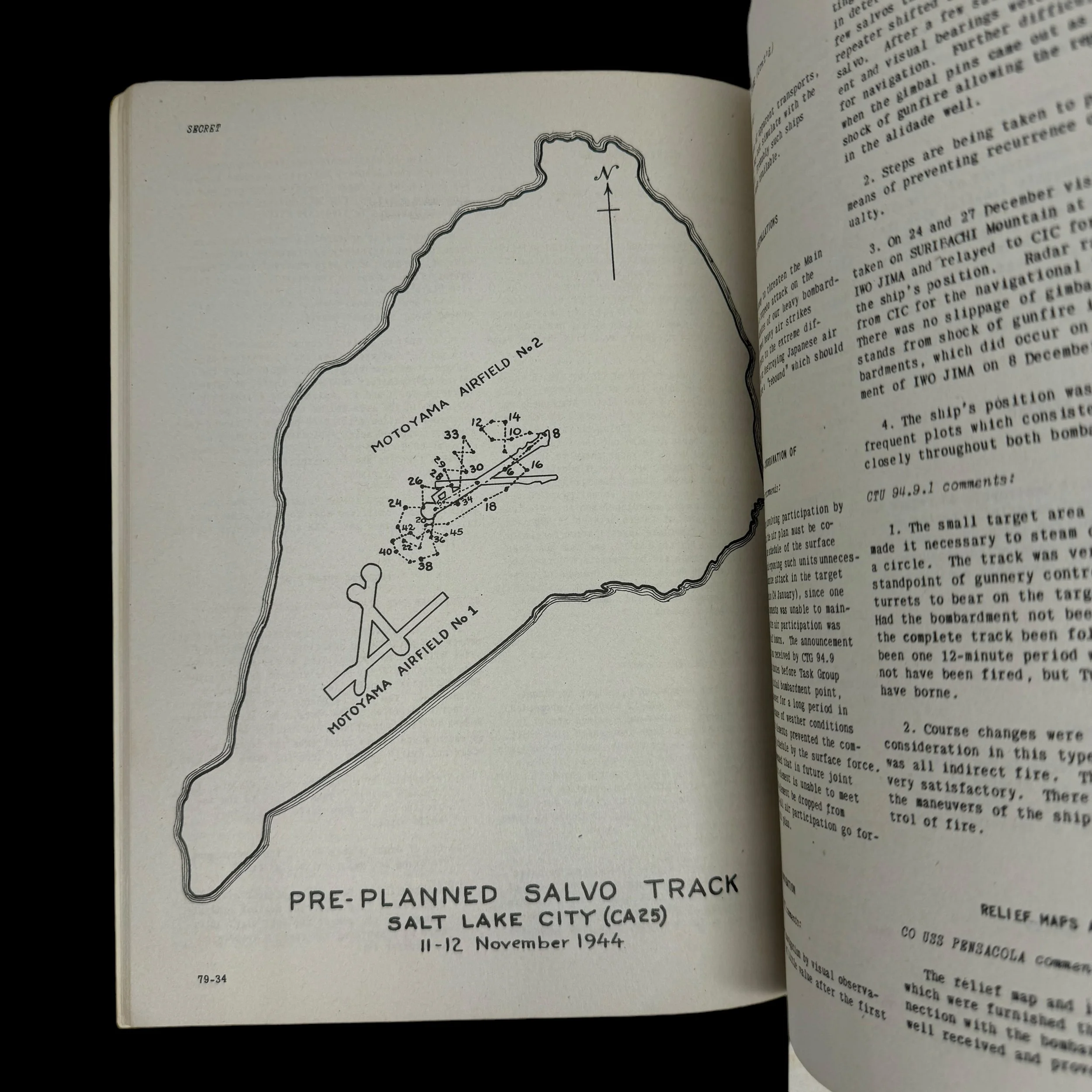
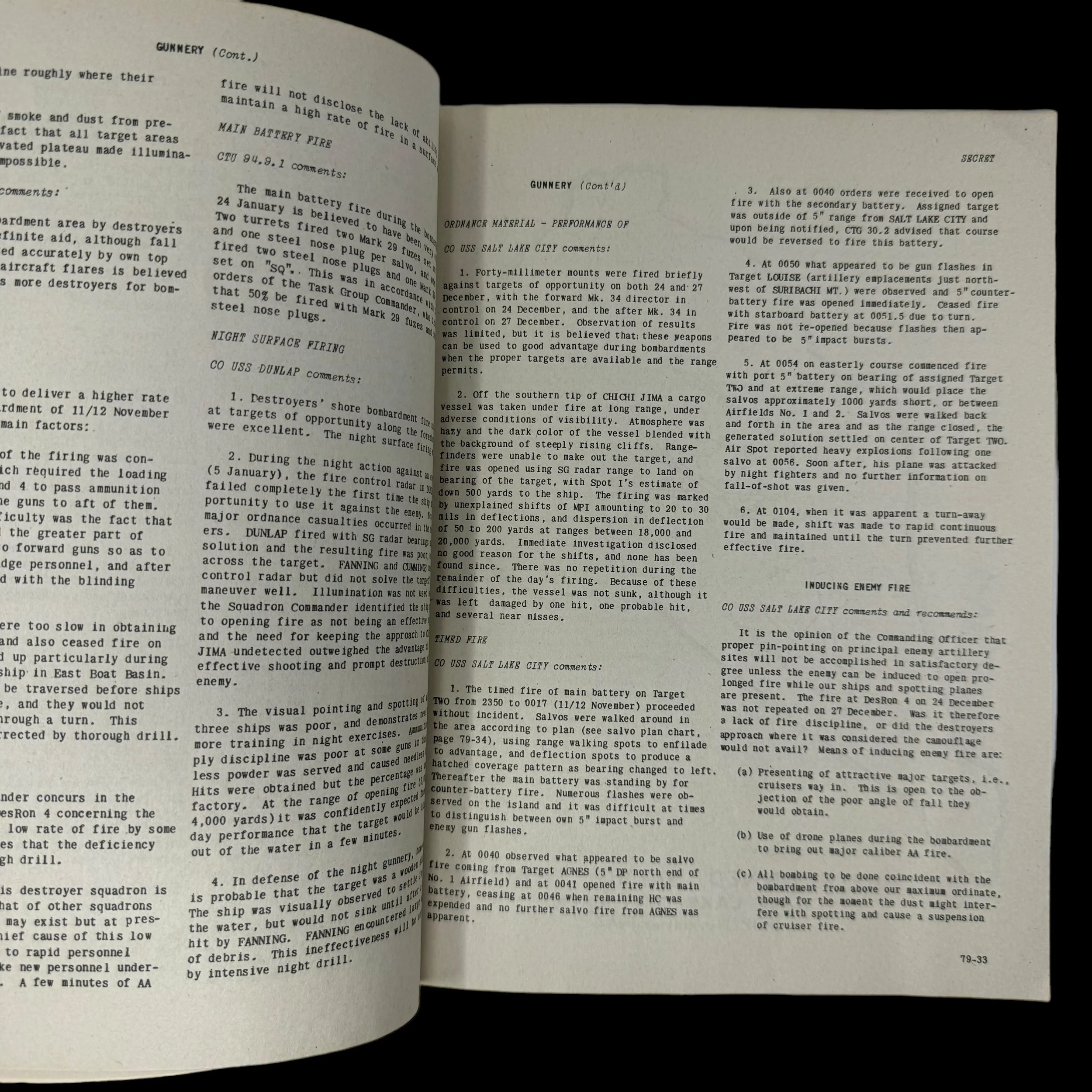

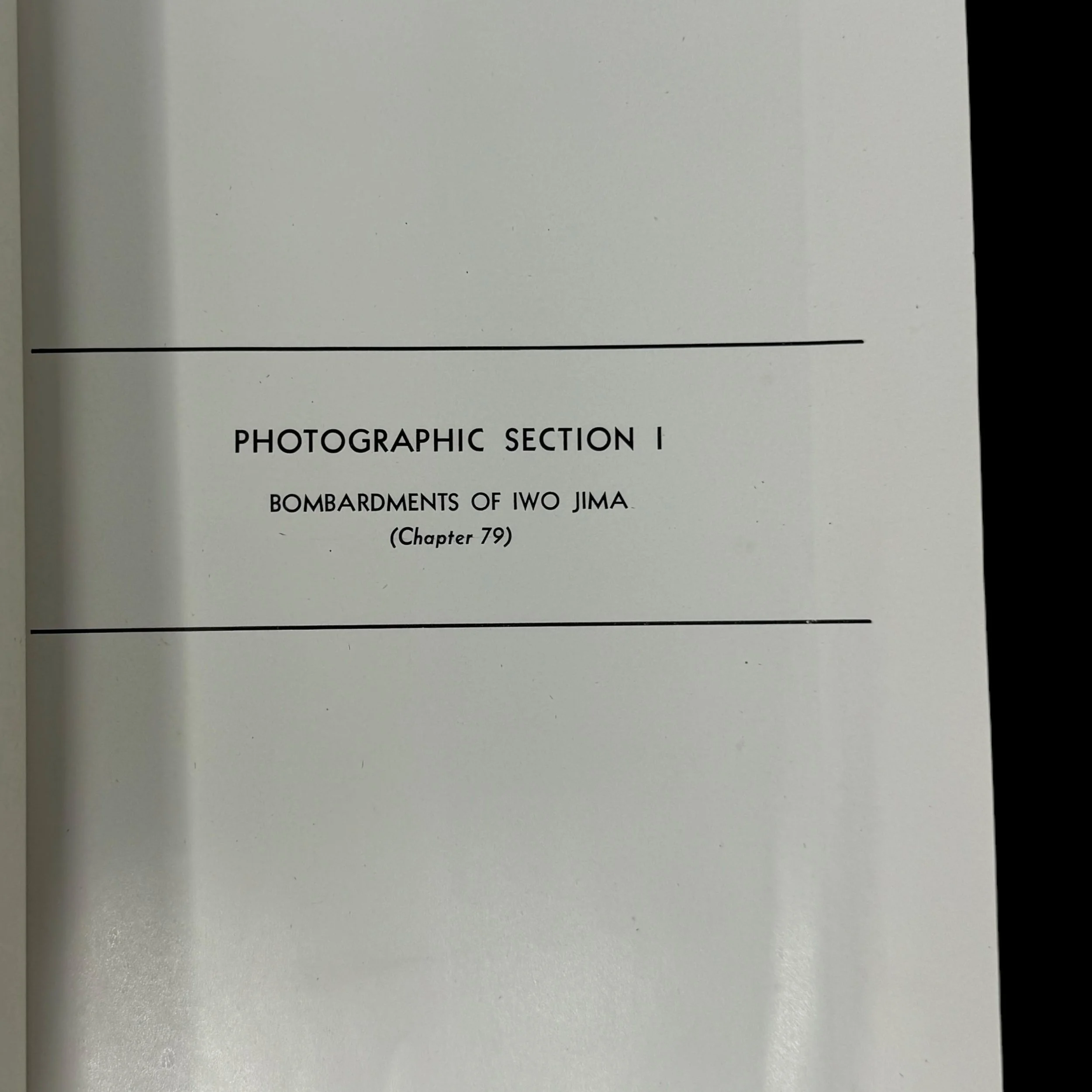
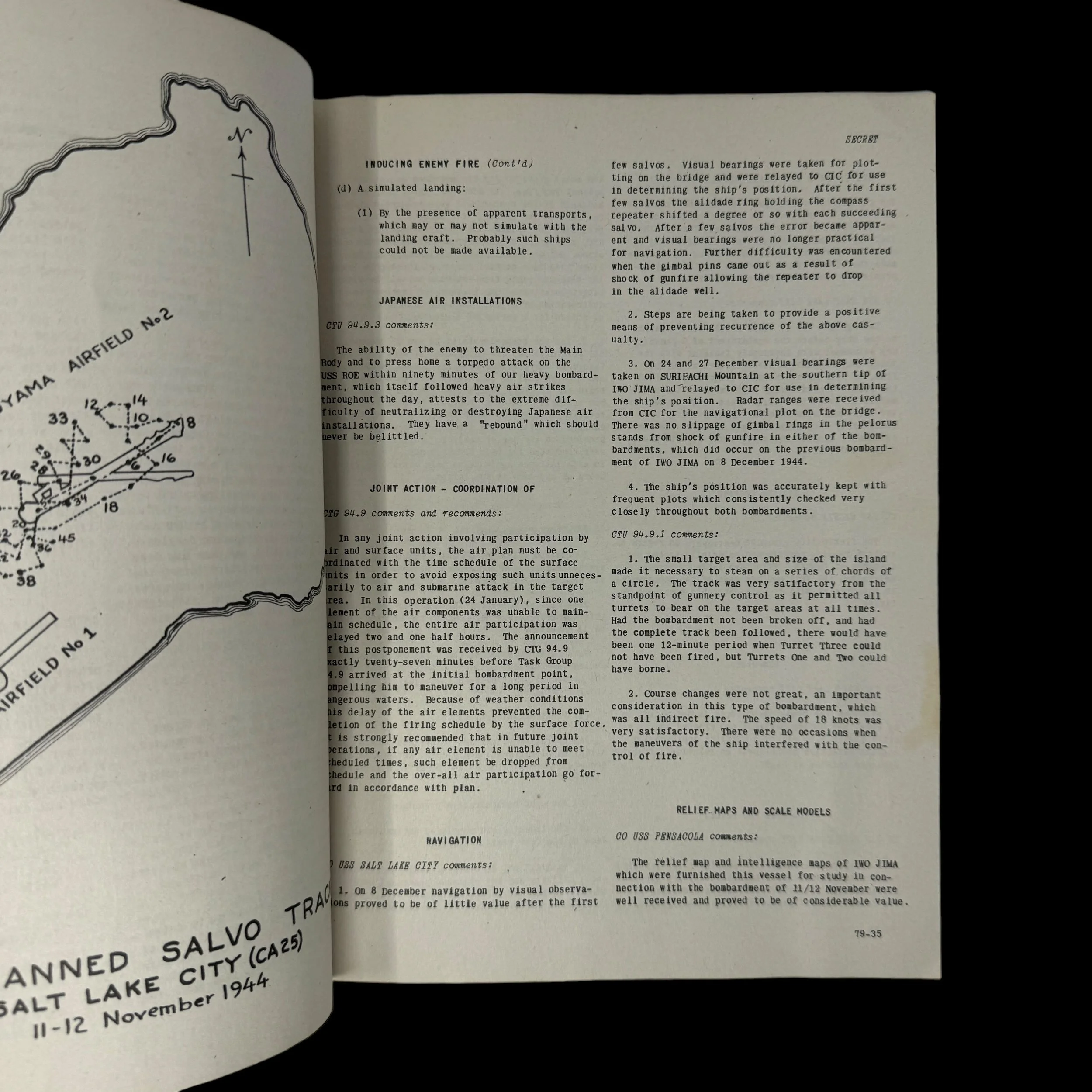
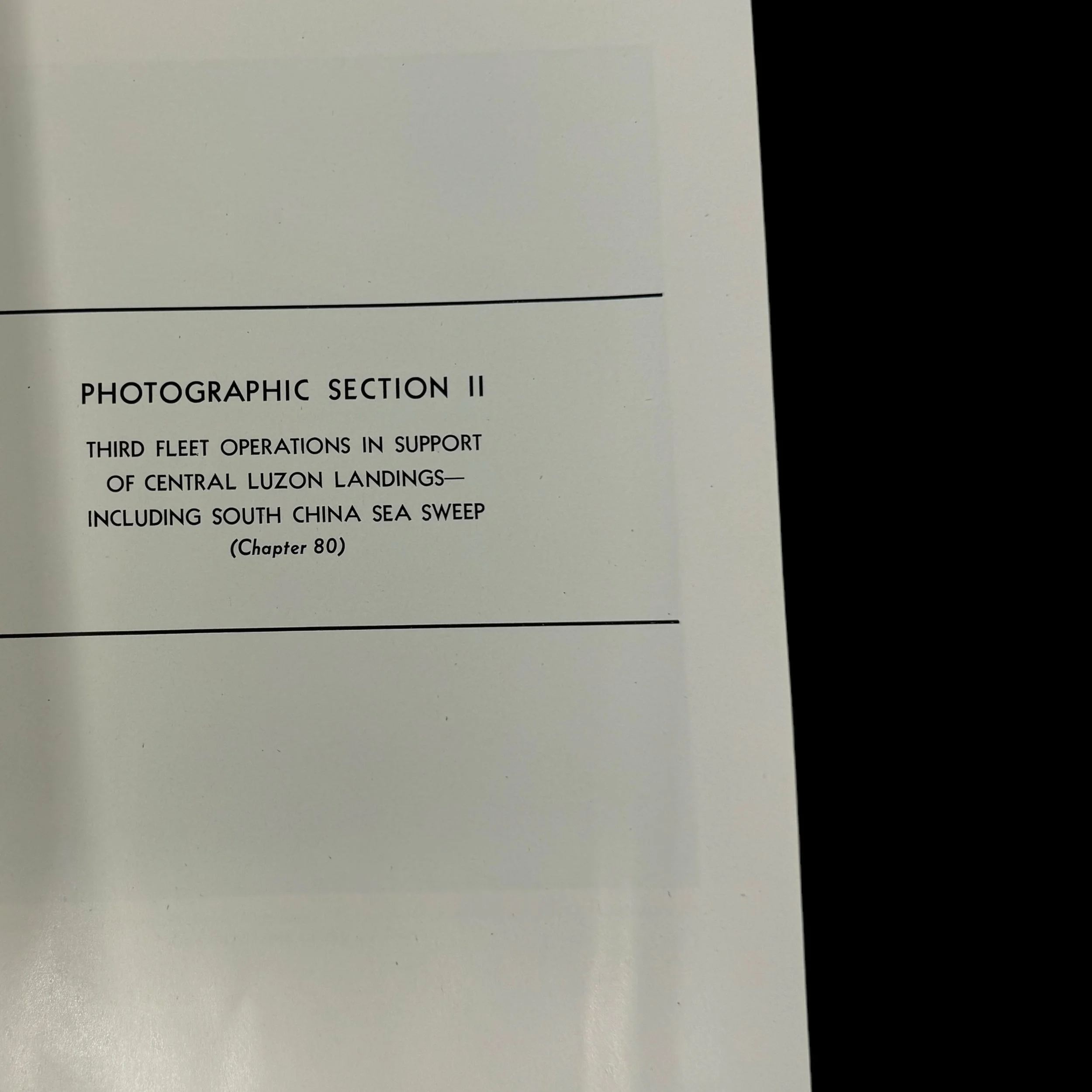
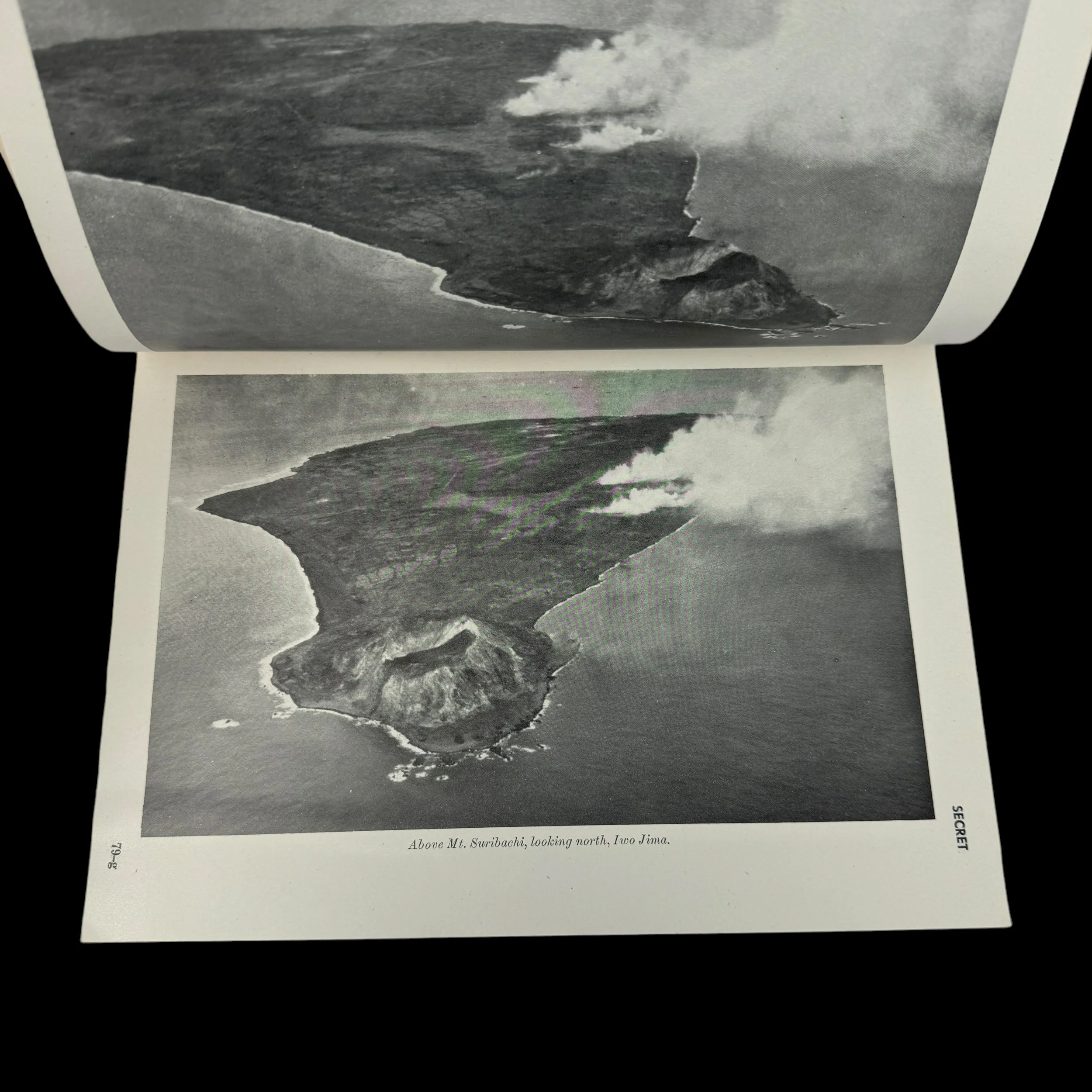
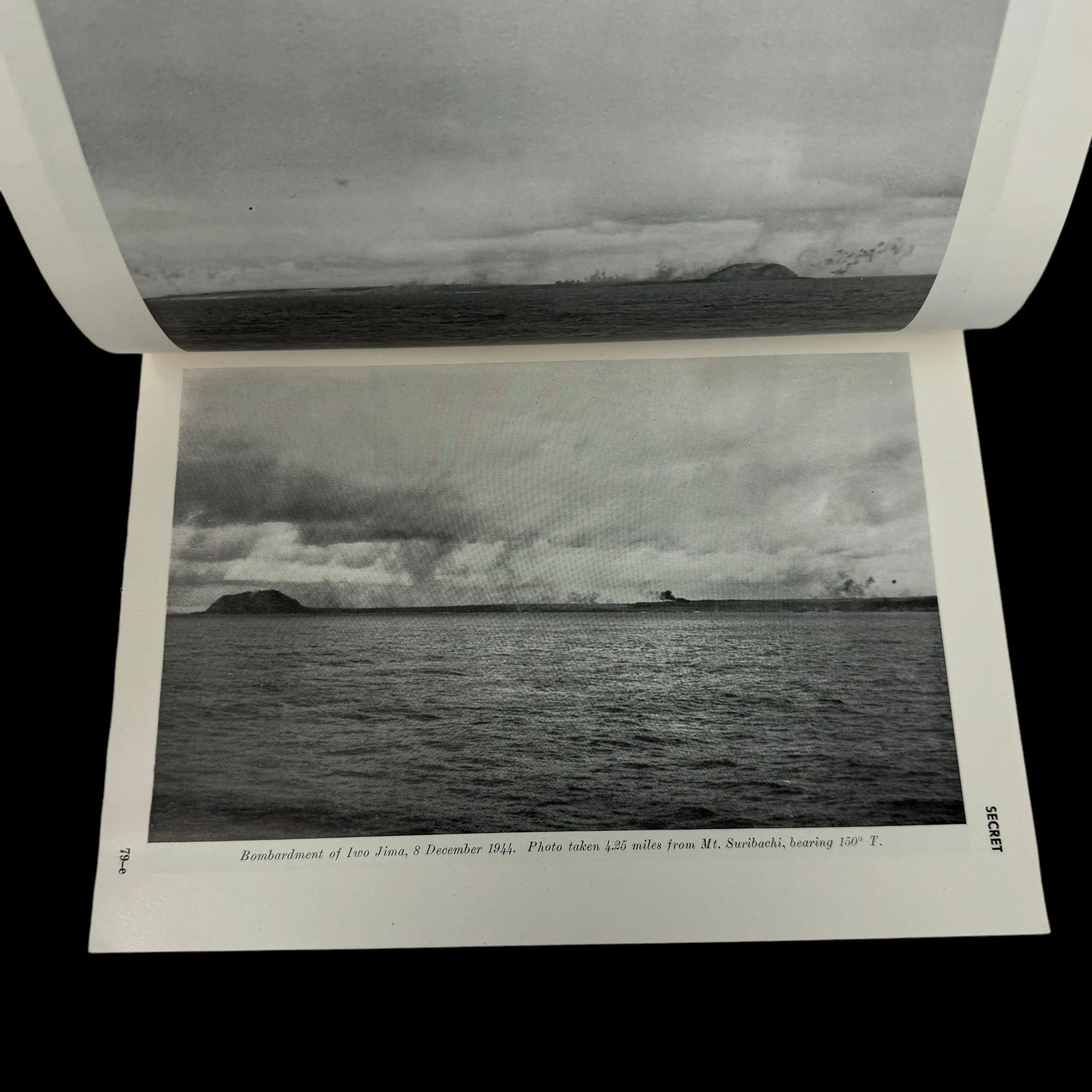

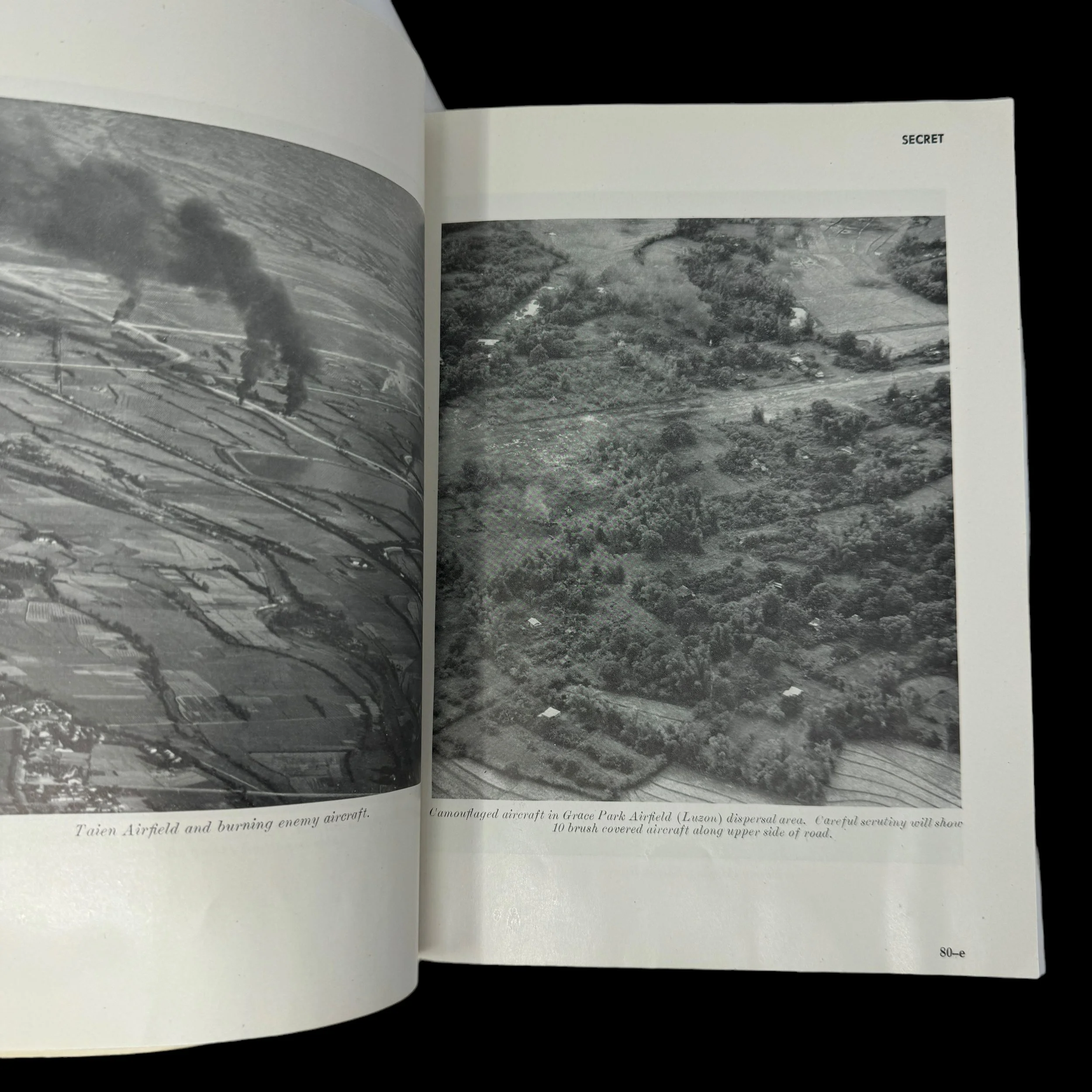
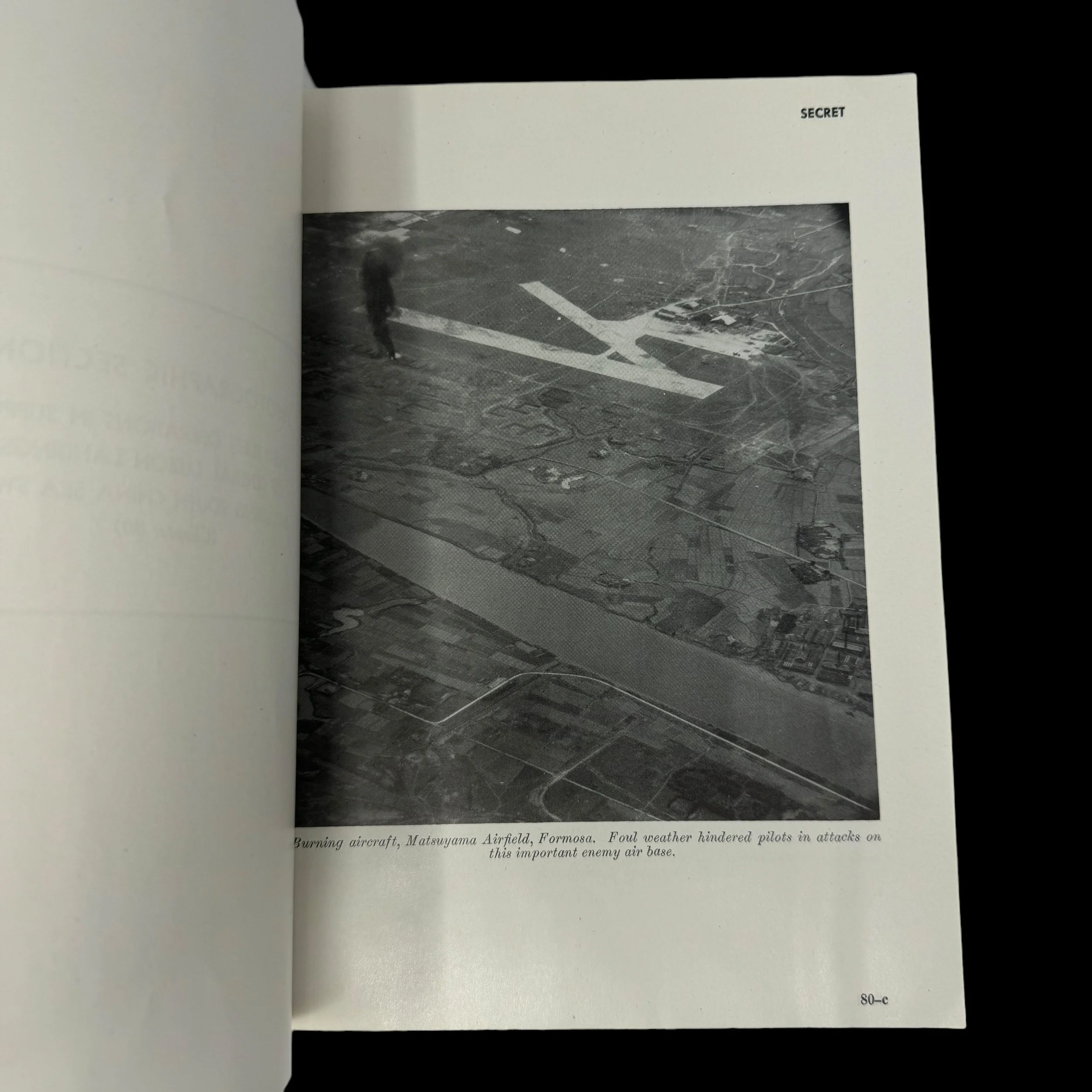
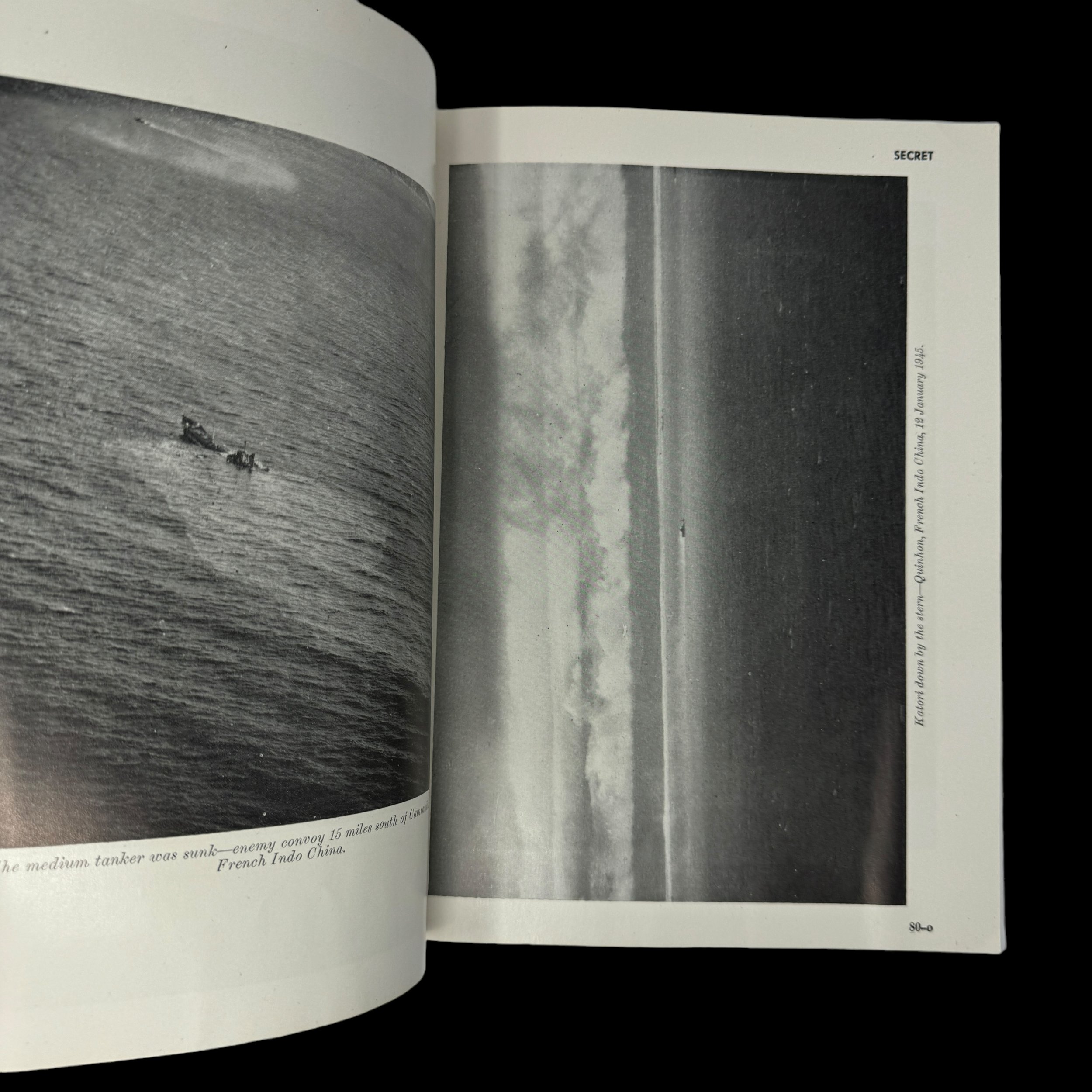
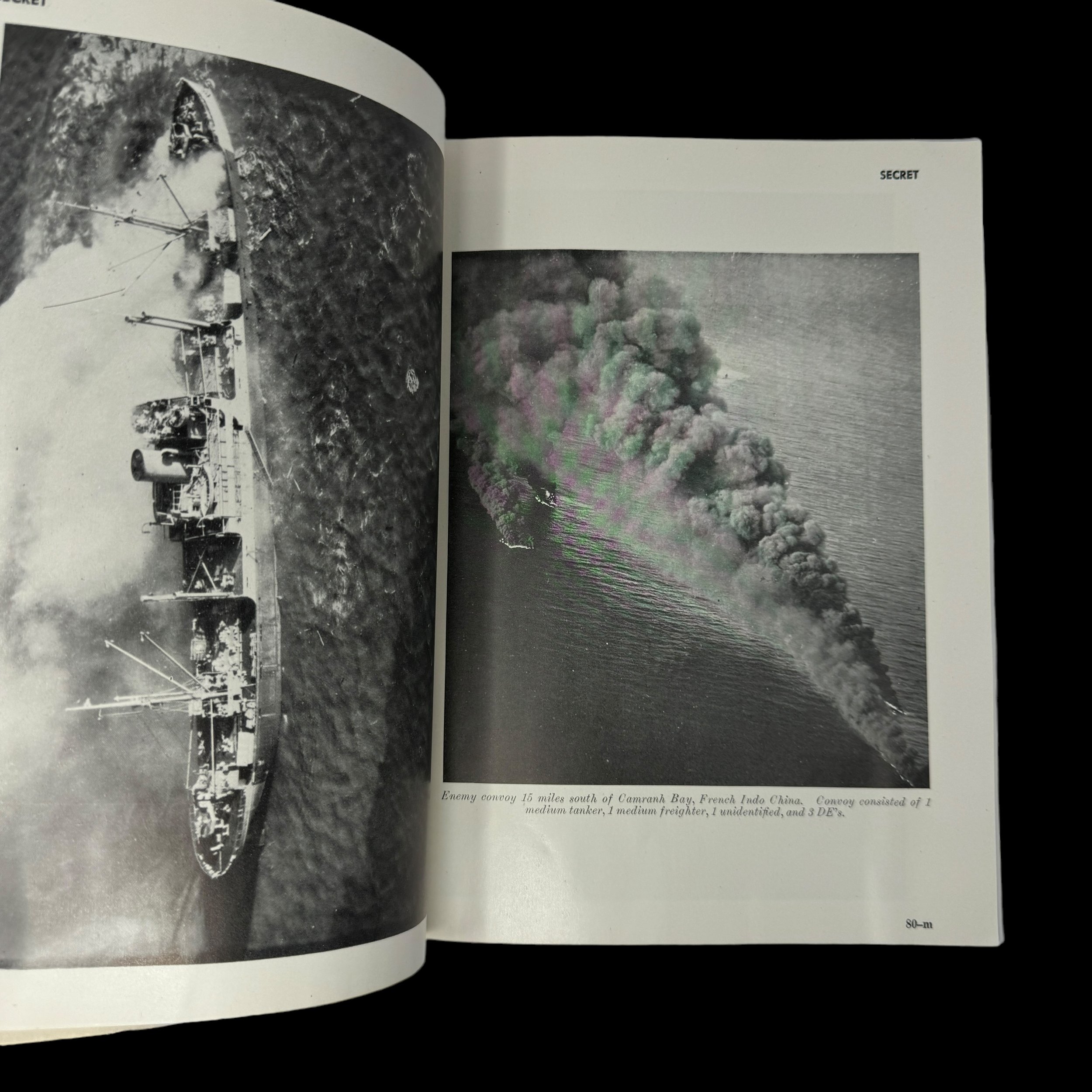
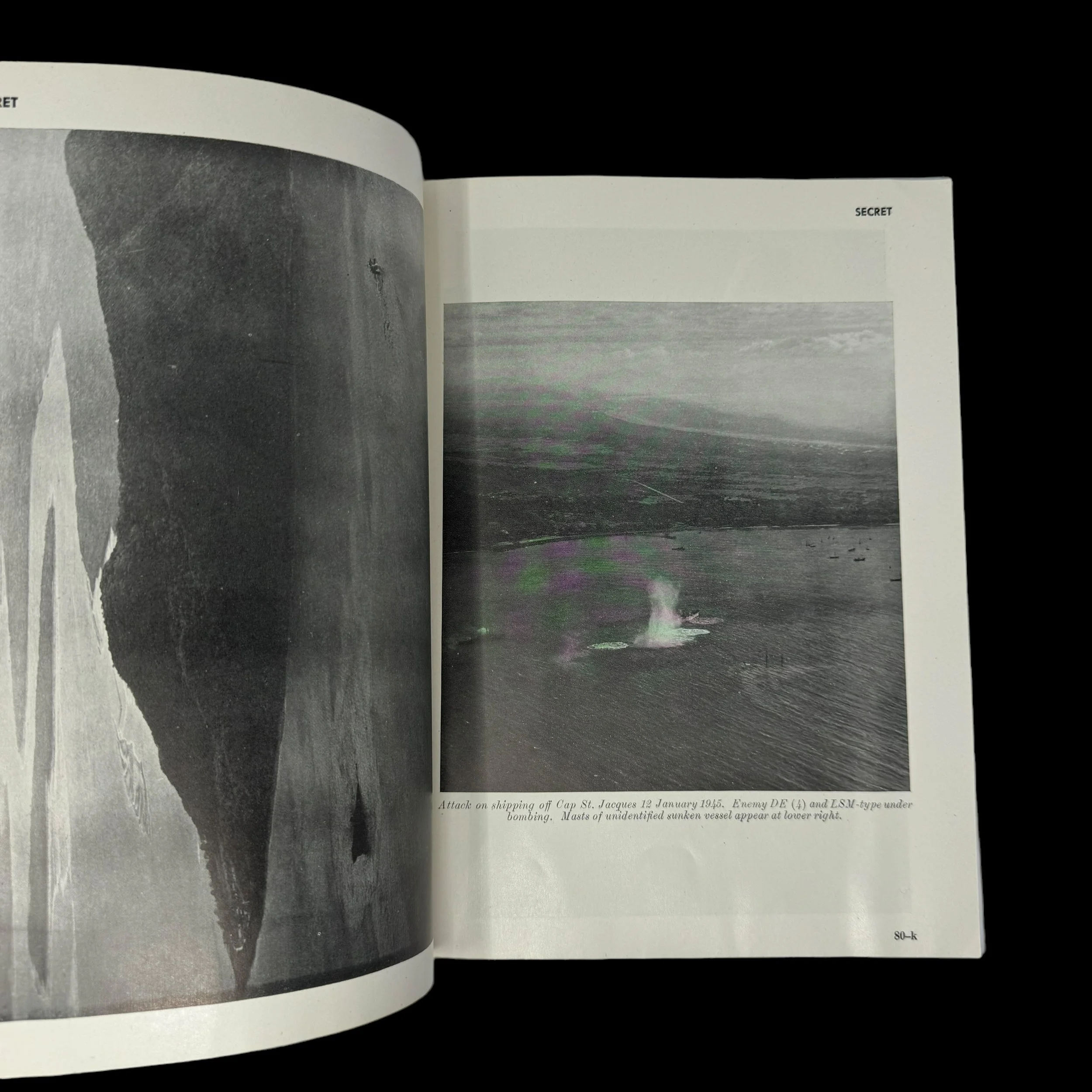
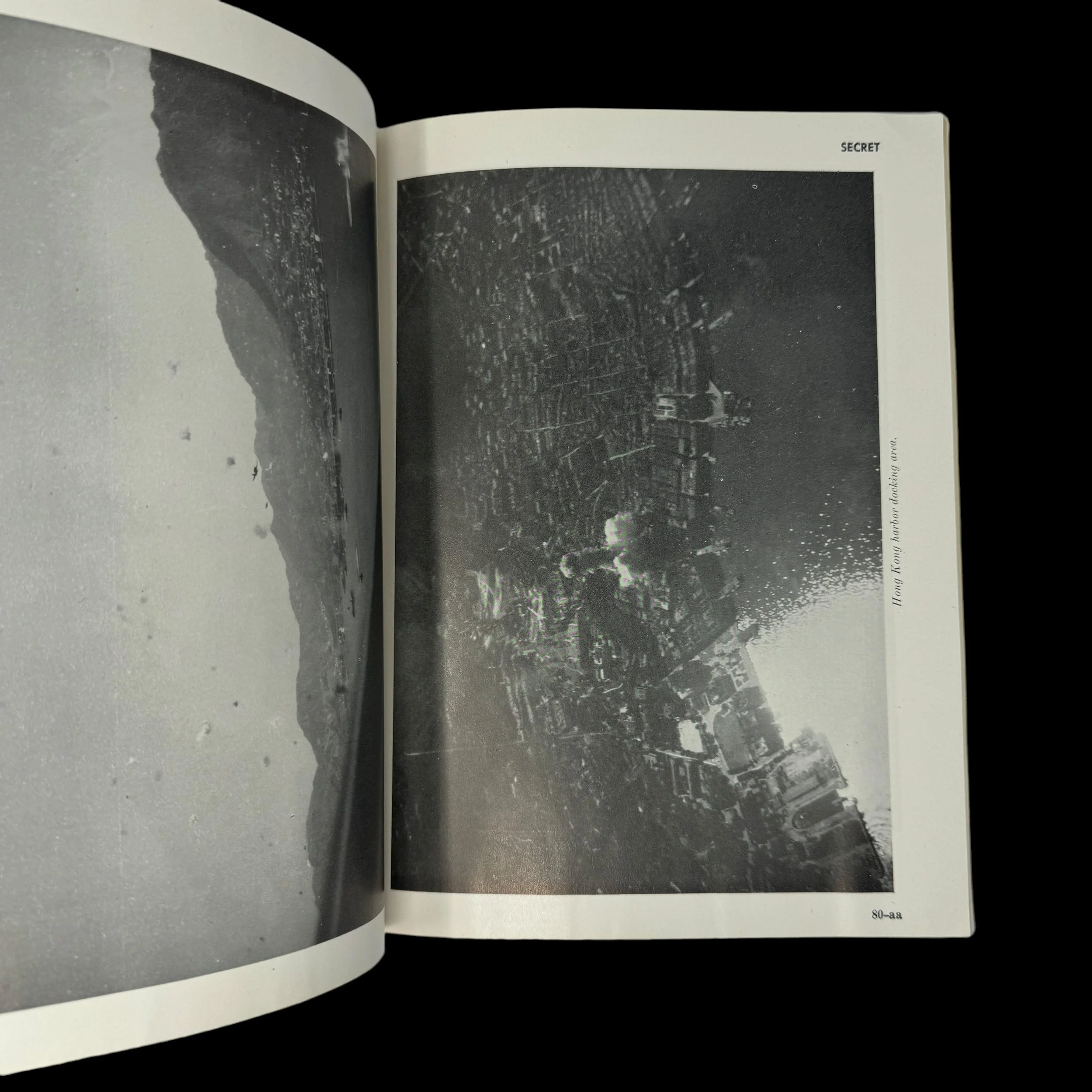
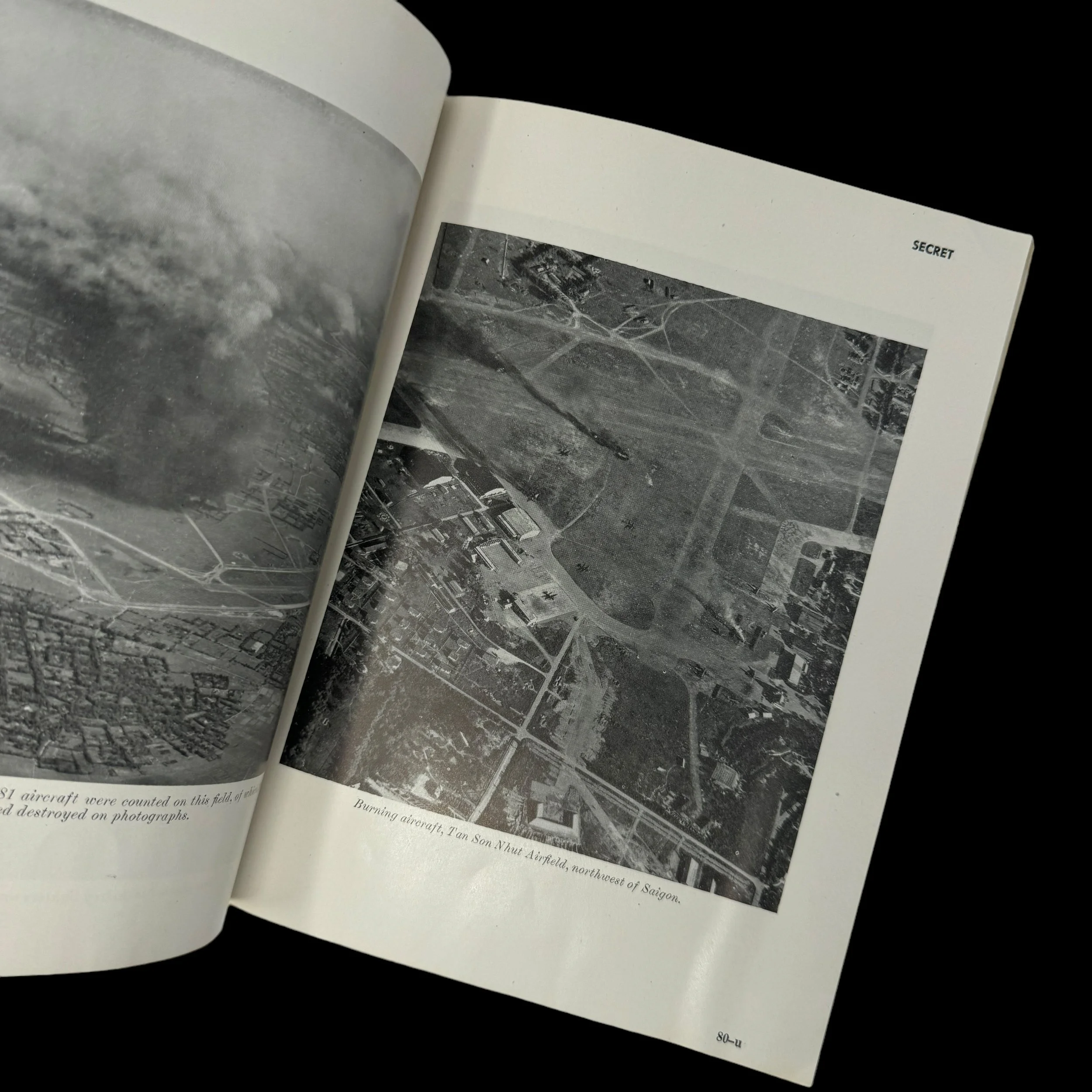
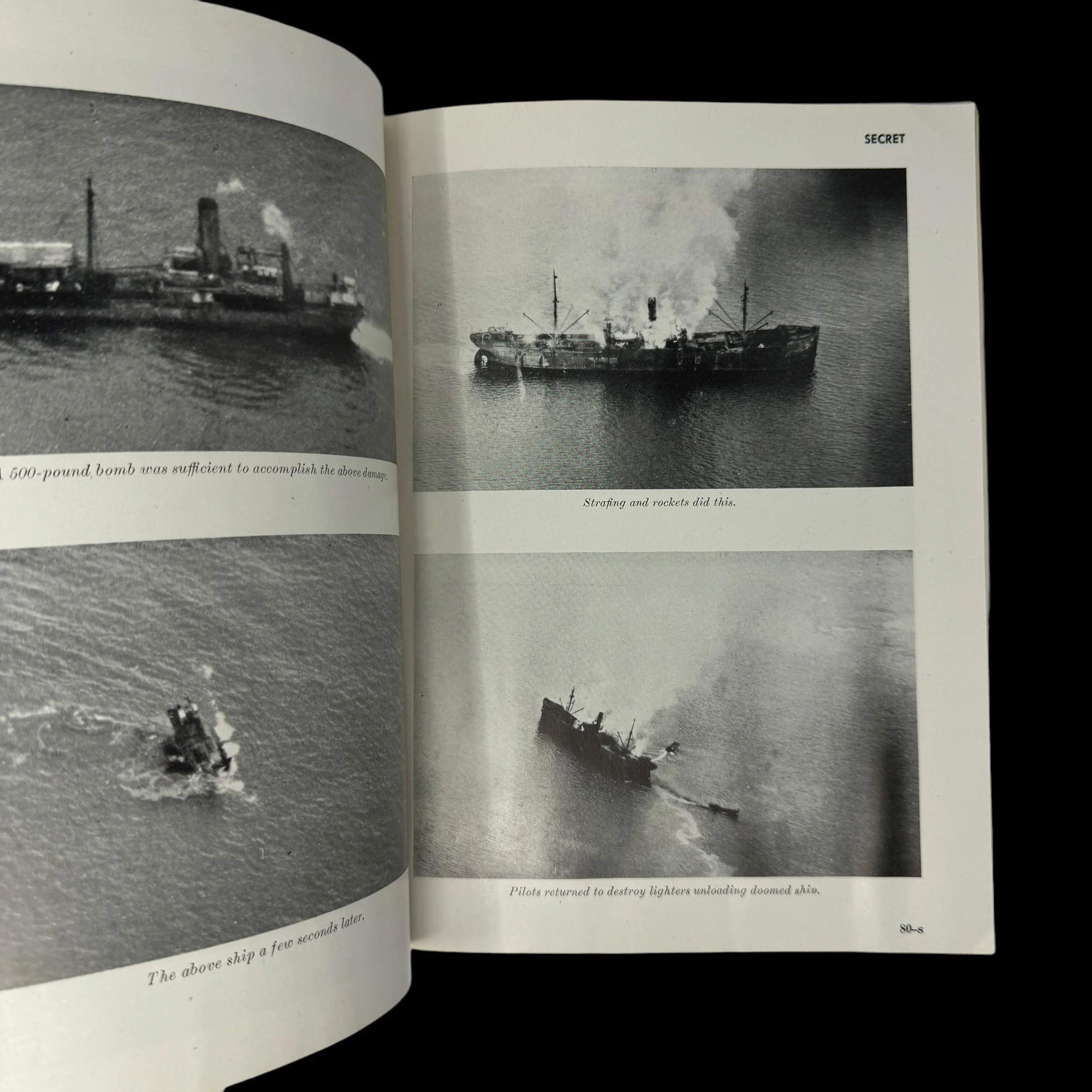
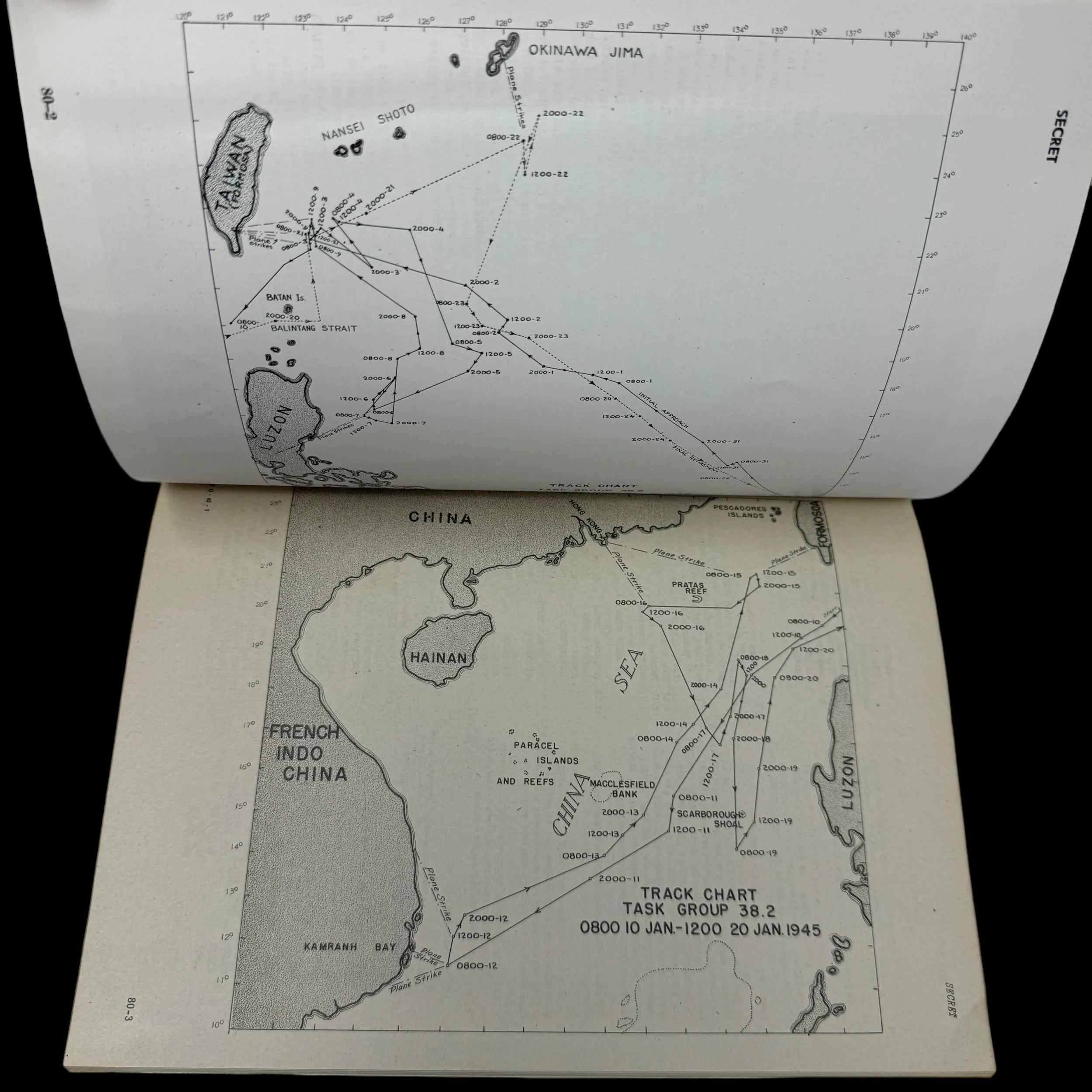
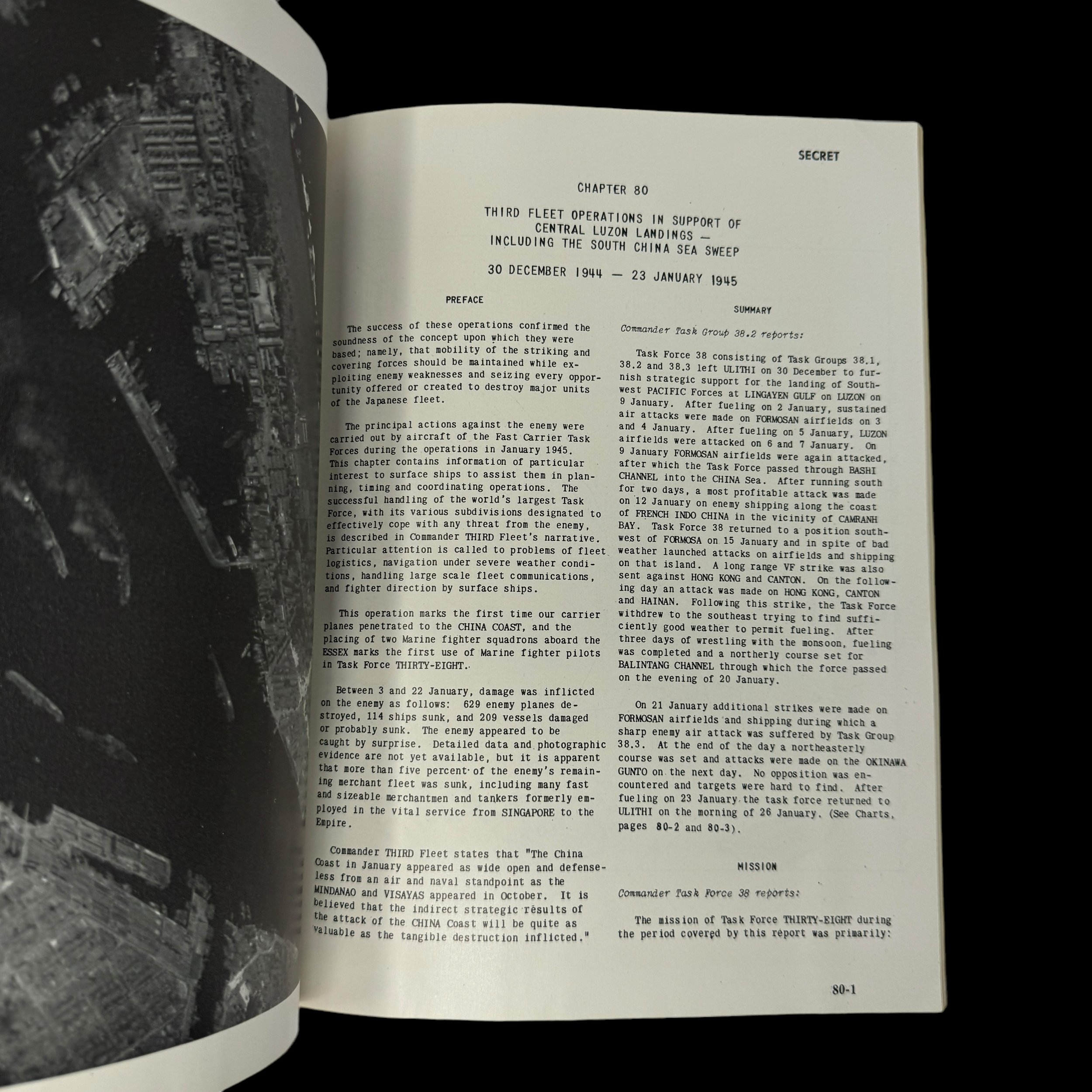
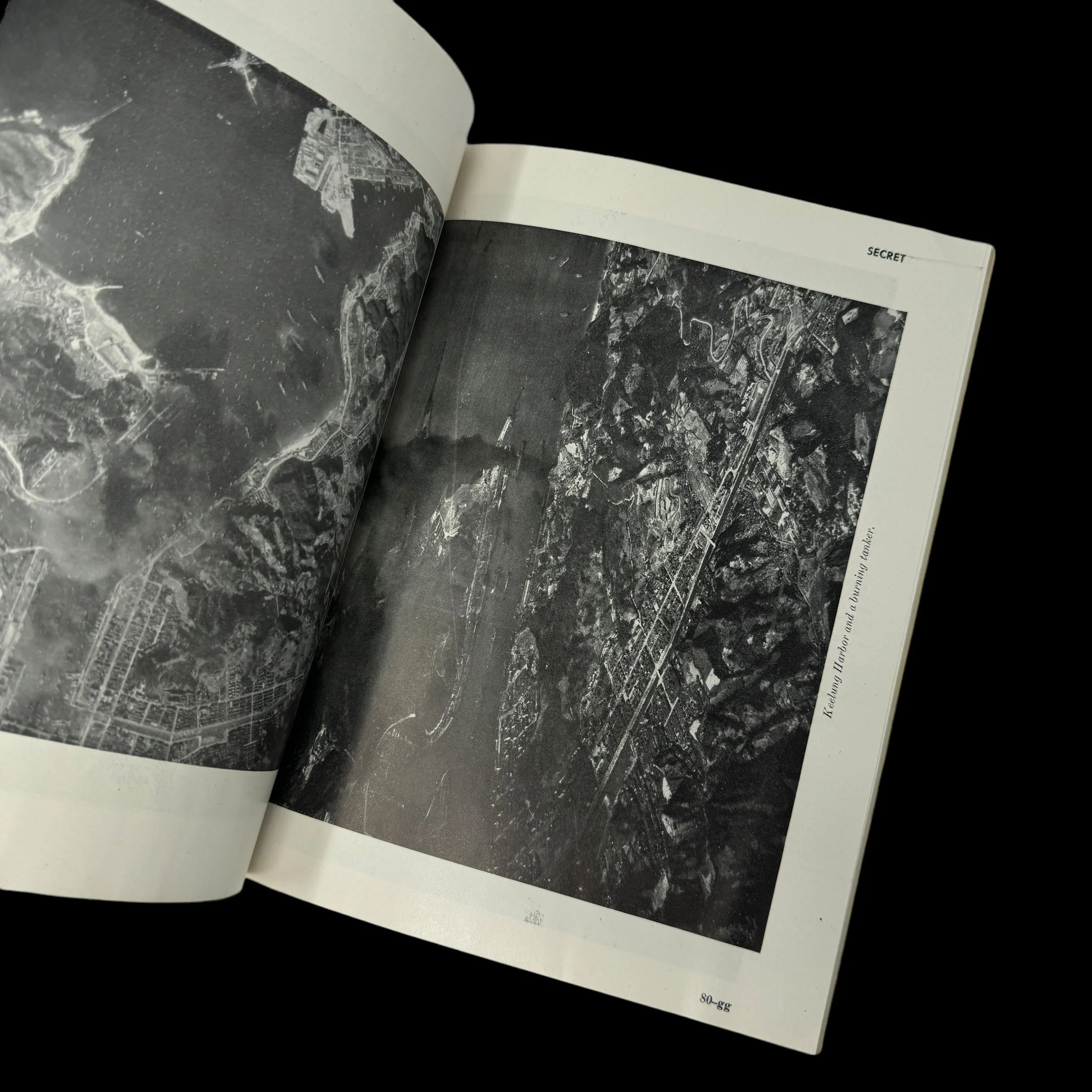
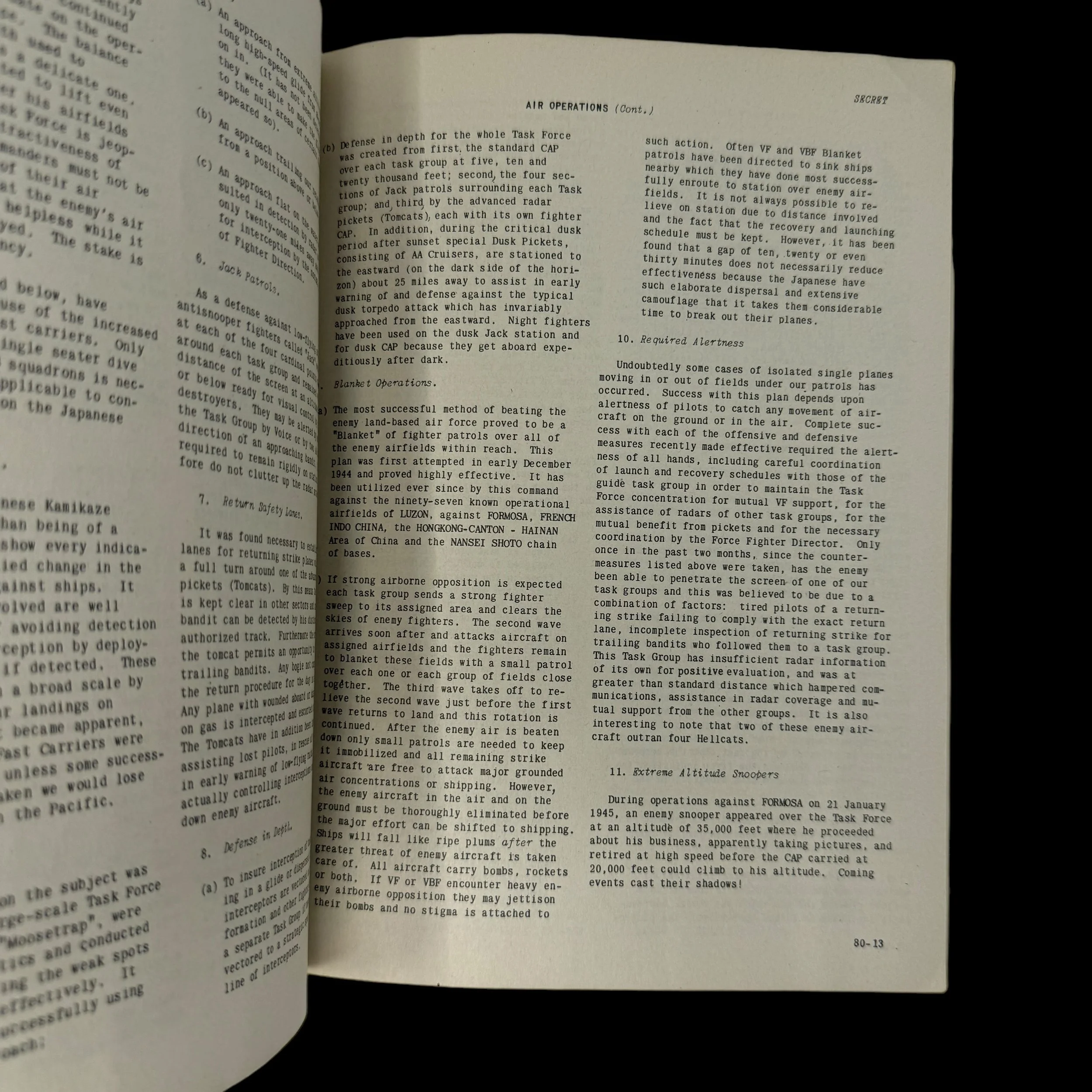

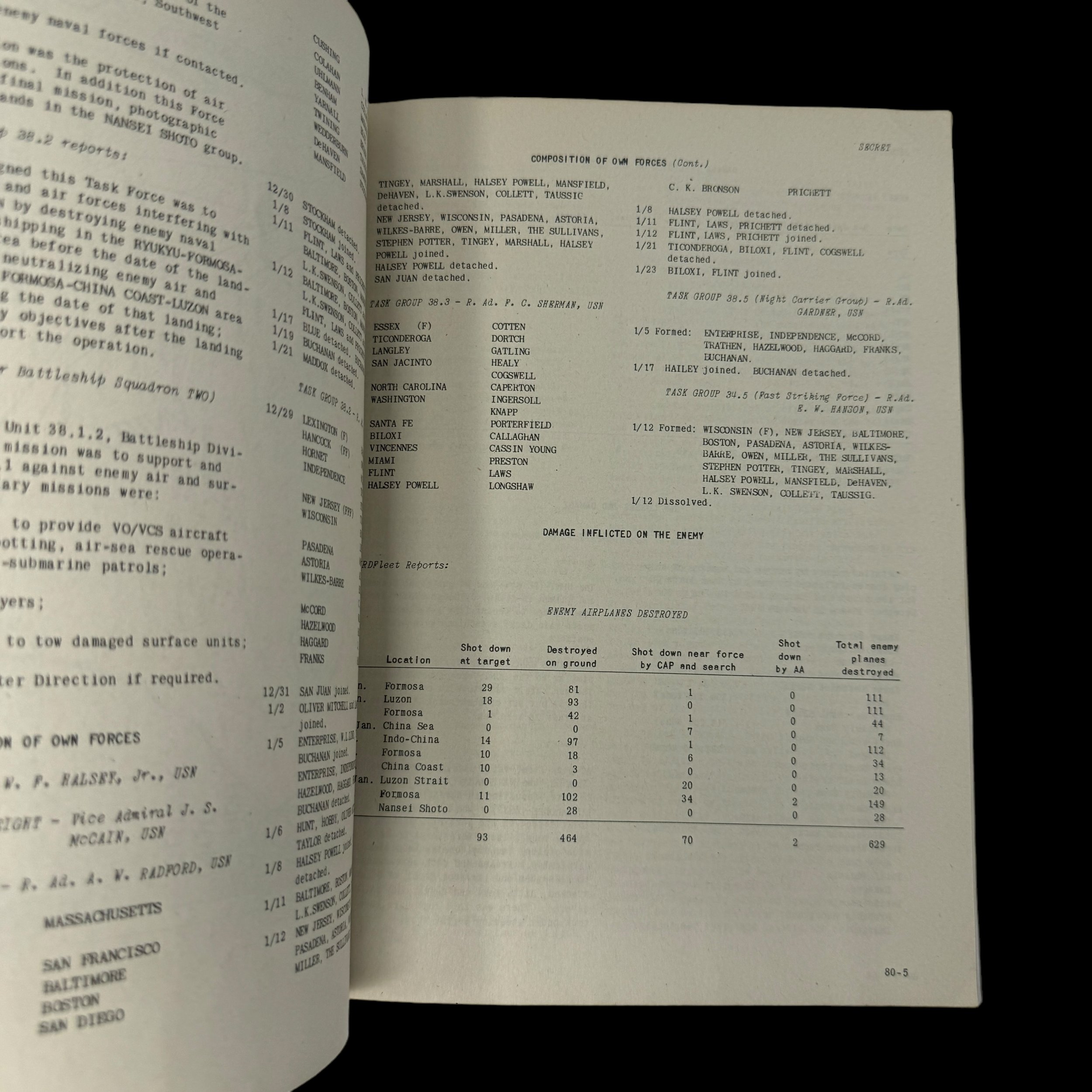
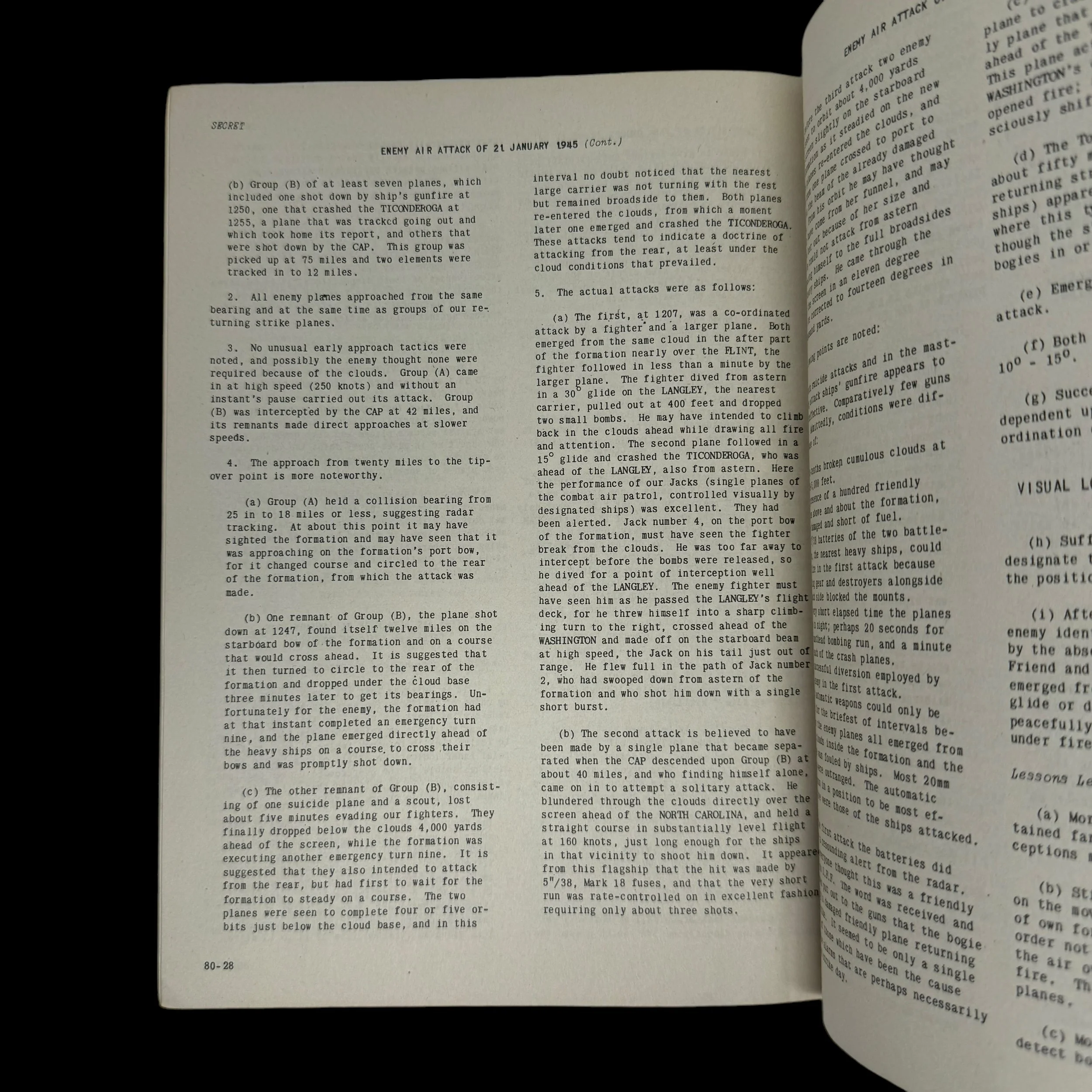
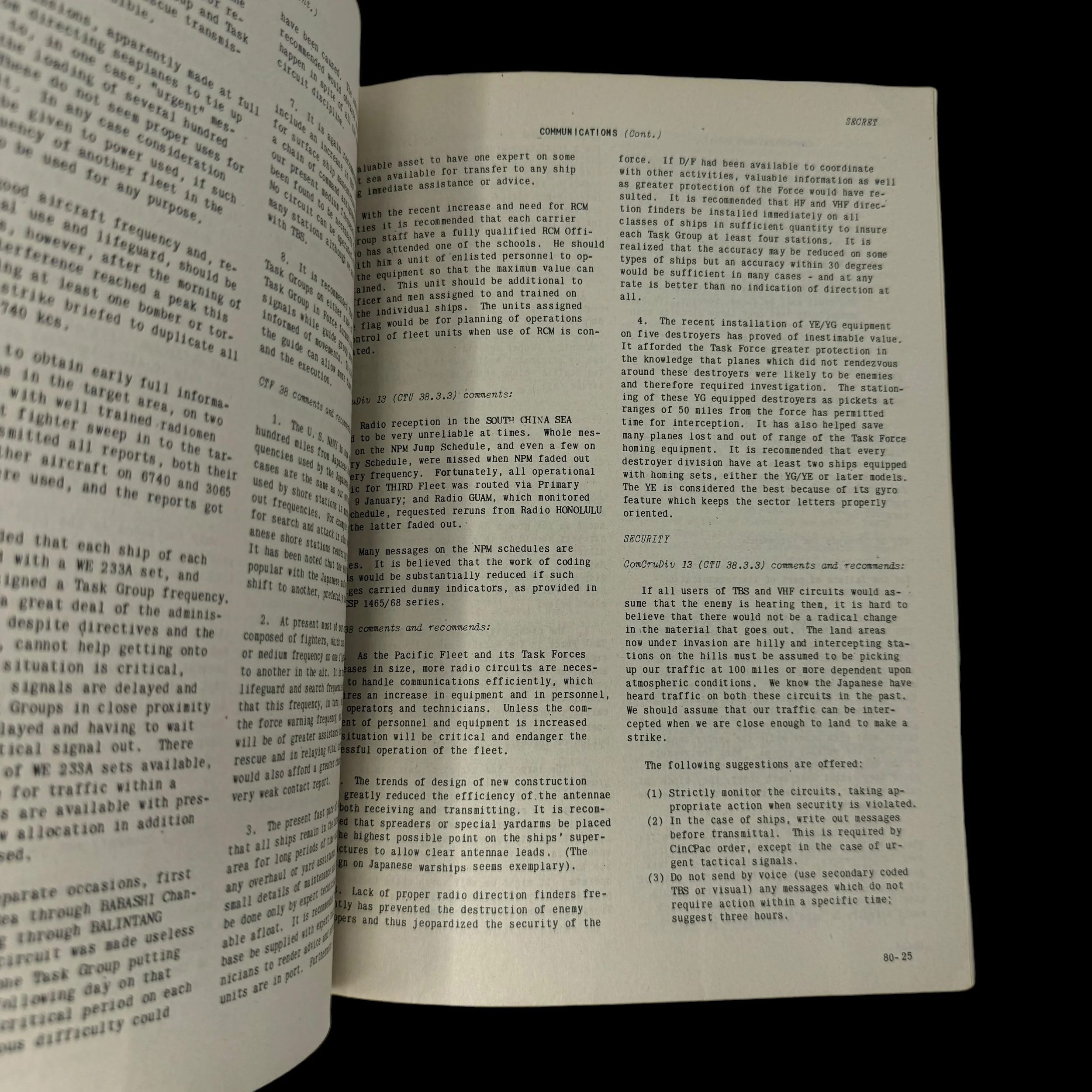
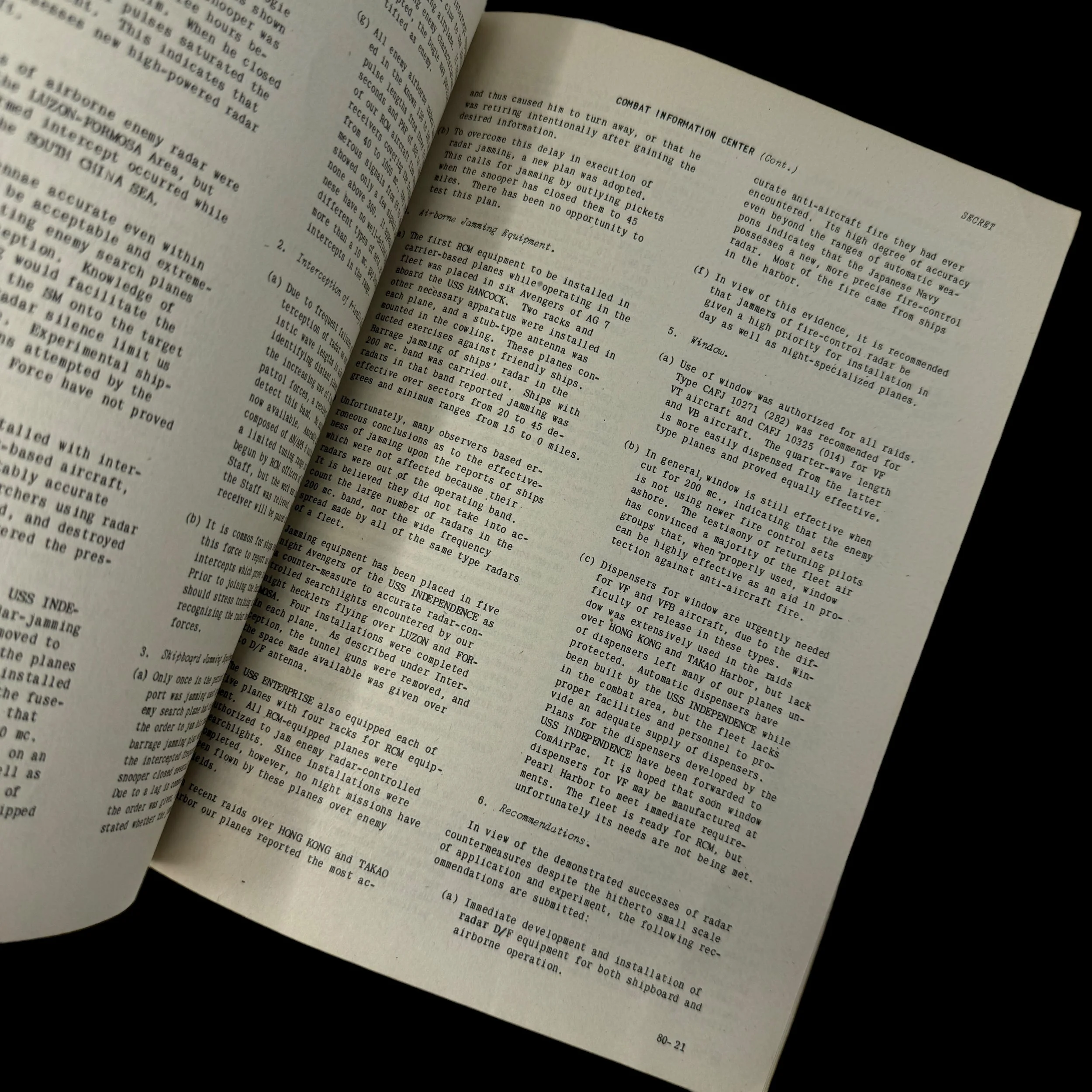
EXTREMELY RARE! WWII 1945 SECRET Battle of Iwo Jima & Luzon Landings Headquarters of the Commander in Chief Military Intelligence Report
Comes with a hand-signed C.O.A.
This extraordinarily rare, museum-grade World War II artifact is an original "SECRET" marked "Battle Experience - Informational Bulletin," meticulously produced by the United States Fleet under the Headquarters of the Commander in Chief. During WWII, the operations and strategic planning of the U.S. Navy were directed by two prominent commanders: Admiral Chester W. Nimitz, Commander in Chief of the United States Pacific Fleet (CINCPAC), and Admiral Ernest J. King, Commander in Chief of the United States Fleet (CINCUS). Their combined leadership played a pivotal role in the Allied victory.
This highly classified and intricately detailed bulletin, issued by the Headquarters of the Commander in Chief, contains secret military maps, intelligence reports, tactical movements, and a unique compilation of "battle experiences." These experiences were drawn from war diaries and battle reports submitted by various commanders and ships engaged in key operations. The bulletin was printed in extremely limited quantities, strictly for the eyes of high-ranking military officials, including Officers and Generals.
The rarity of this document is underscored by the directive on its first page, which states: "Information must not fall into enemy hands - when no longer required they shall be destroyed by burning. No report of destruction need be submitted." As a result, only a handful of these original "SECRET" "Battle Experience - Informational Bulletins" are believed to still exist.
This particular "SECRET INFORMATION BULLETIN NO. 23" is a remarkable example, titled "Battle Experience - Bombardments of Iwo Jima November 1944 - January 1945 & Third Fleet Operations in Support of Central Luzon Landings - Including The South China Sea Sweep 30 December 1944 - 23 January 1945." It offers an unparalleled glimpse into the strategic operations and experiences of the United States Navy during some of the most crucial campaigns of the Pacific Theater.
Bombardments of Iwo Jima November 1944 - January 1945:
The bombardments of Iwo Jima from November 1944 to January 1945 were a critical prelude to the Battle of Iwo Jima, aimed at weakening Japanese defenses ahead of the planned U.S. invasion. Despite extensive aerial and naval strikes by U.S. forces, the Japanese defenders, under General Tadamichi Kuribayashi, had prepared an intricate network of underground fortifications that largely withstood the bombardment. These defenses allowed the Japanese to endure the attacks with minimal casualties and prepare for the fierce ground battle that followed. While the bombardments inflicted damage on infrastructure and disrupted Japanese operations, they fell short of neutralizing the island's defenses, leading to one of the bloodiest and most hard-fought battles of the Pacific War. The resilience of the Japanese and the challenges faced by U.S. forces during the bombardments highlighted the complexities of warfare in the Pacific Theater and underscored the strategic importance of Iwo Jima in the broader context of World War II.
Third Fleet Operations in Support of Central Luzon Landings - Including The South China Sea Sweep 30 December 1944 - 23 January 1945:
The Third Fleet operations in support of the Central Luzon landings, conducted from December 30, 1944, to January 23, 1945, were a critical Allied campaign in the Pacific Theater of World War II, led by Admiral William F. Halsey Jr. These operations, particularly the South China Sea Sweep, aimed to disrupt Japanese shipping, neutralize air and naval forces, and weaken Japanese defenses in Luzon, the Philippines' largest and strategically vital island. The Third Fleet's bold maneuvers, including extensive air strikes and naval engagements, successfully crippled Japanese supply lines, destroyed critical infrastructure, and isolated Japanese forces in the region. This not only facilitated the successful liberation of Luzon but also significantly contributed to Japan's eventual defeat by undermining its ability to sustain the war effort. The operation exemplified the effectiveness of carrier-based air power and the strategic importance of naval supremacy, marking a turning point in the Pacific War.